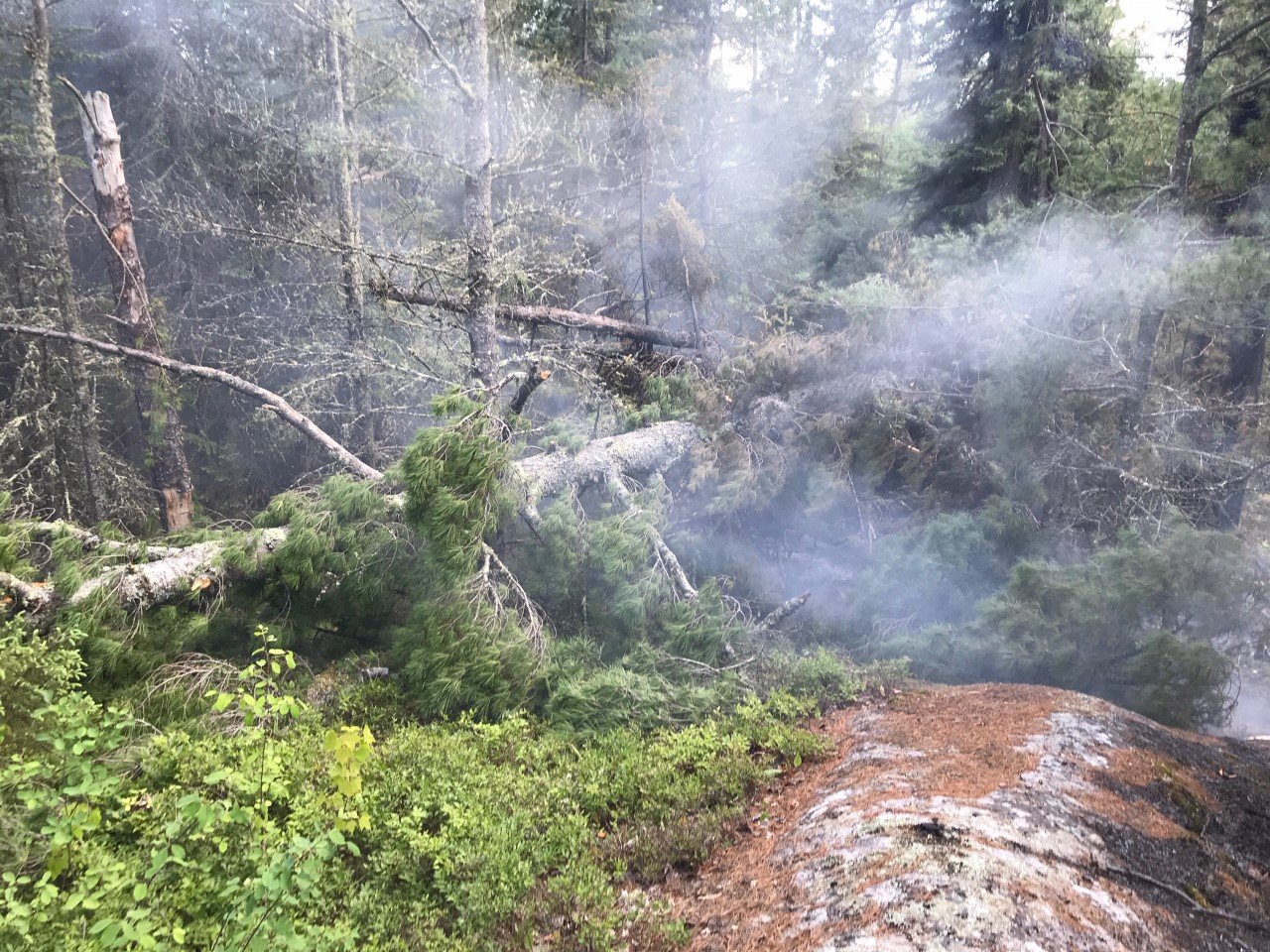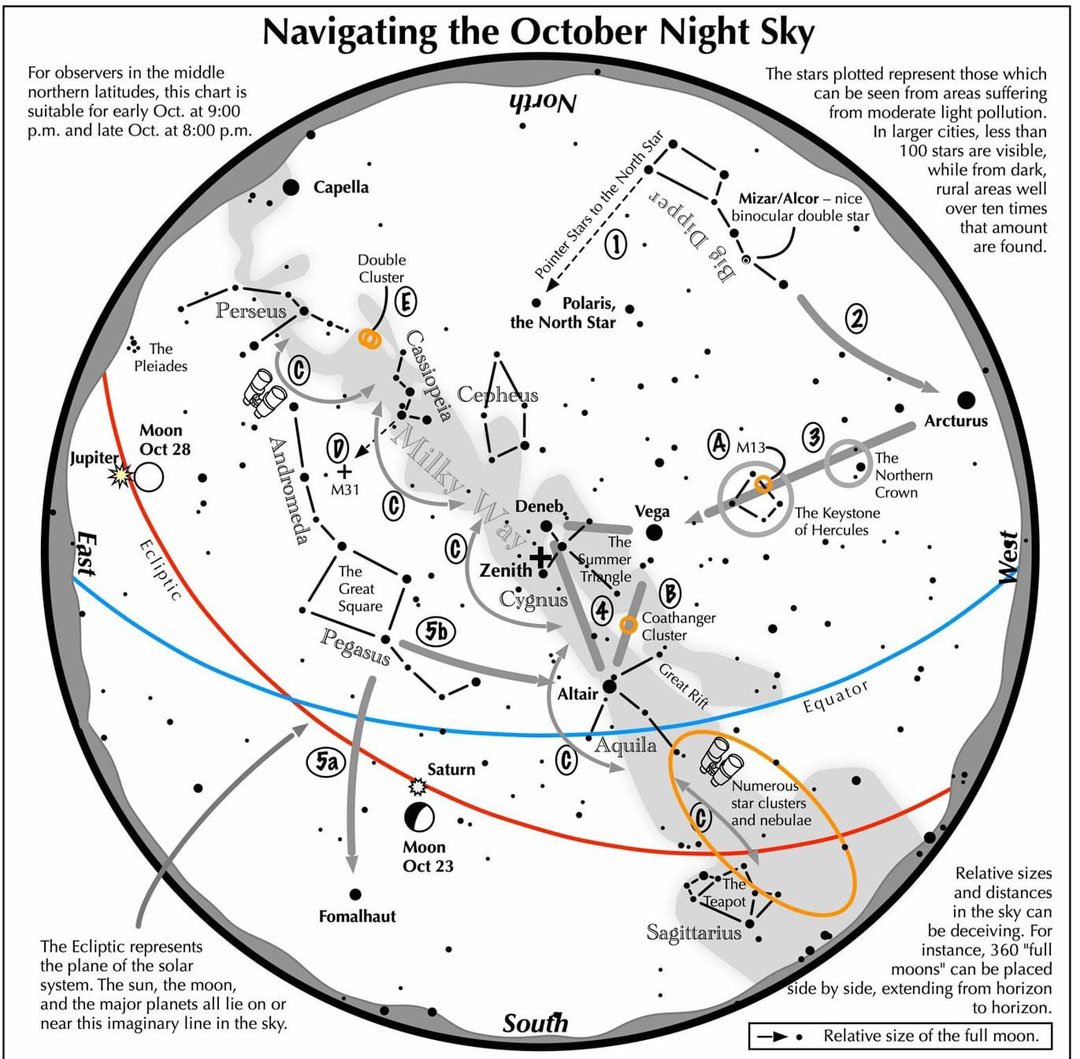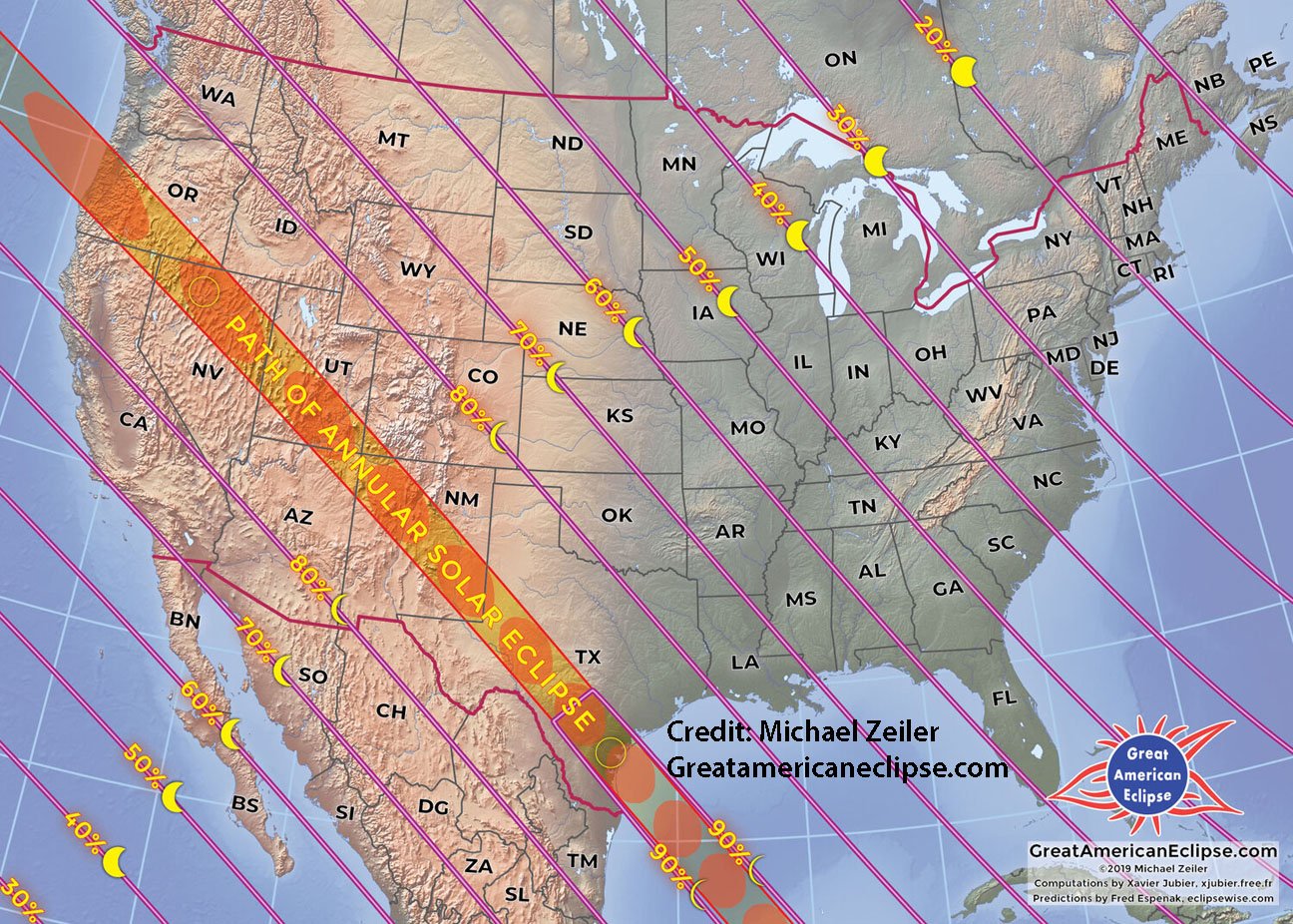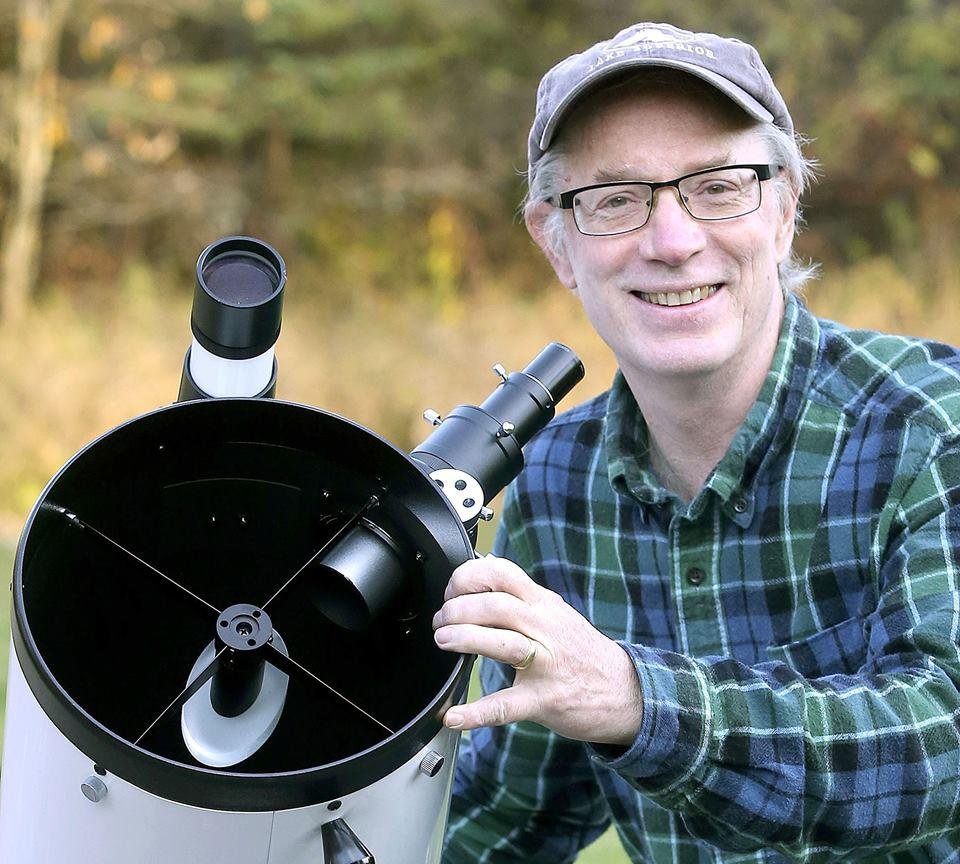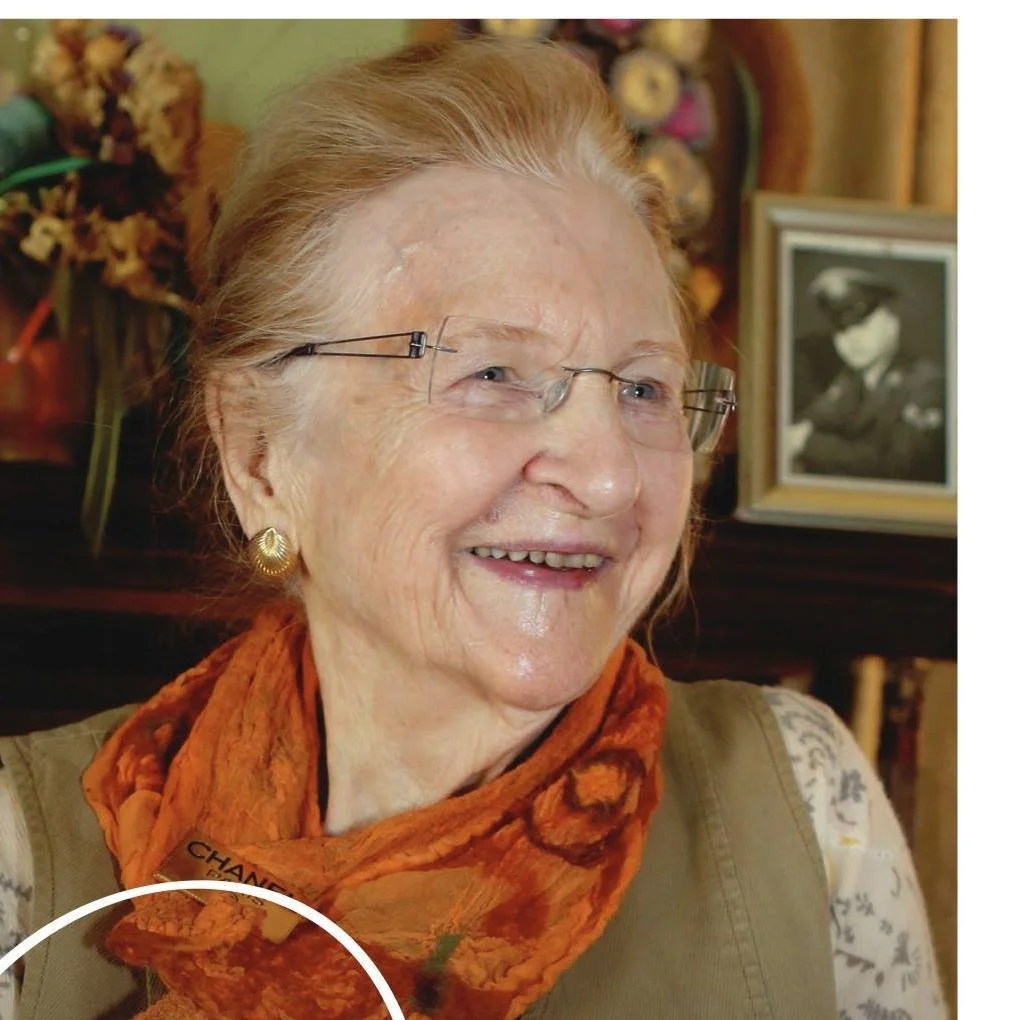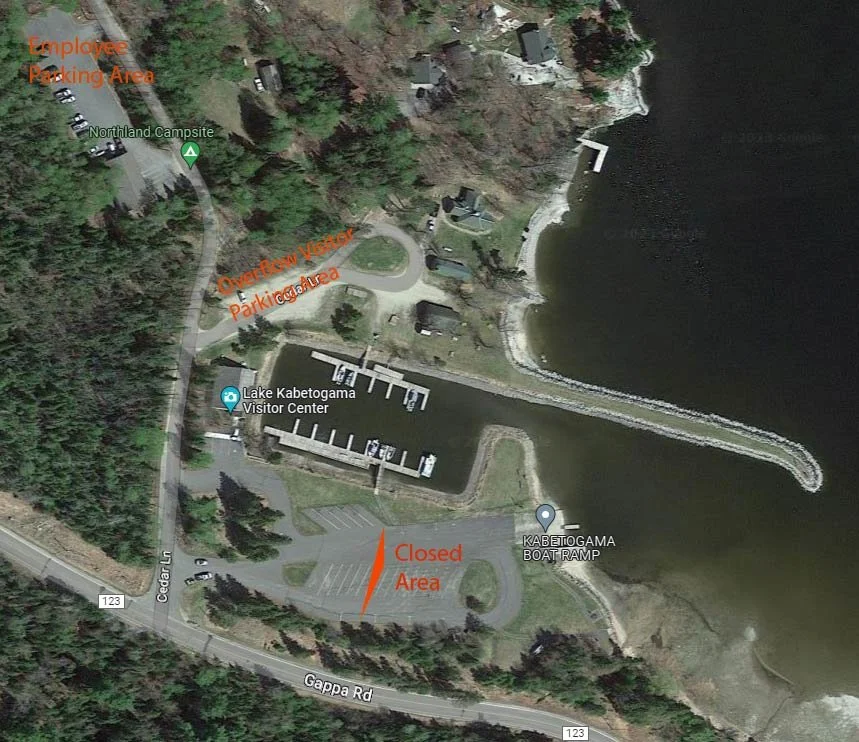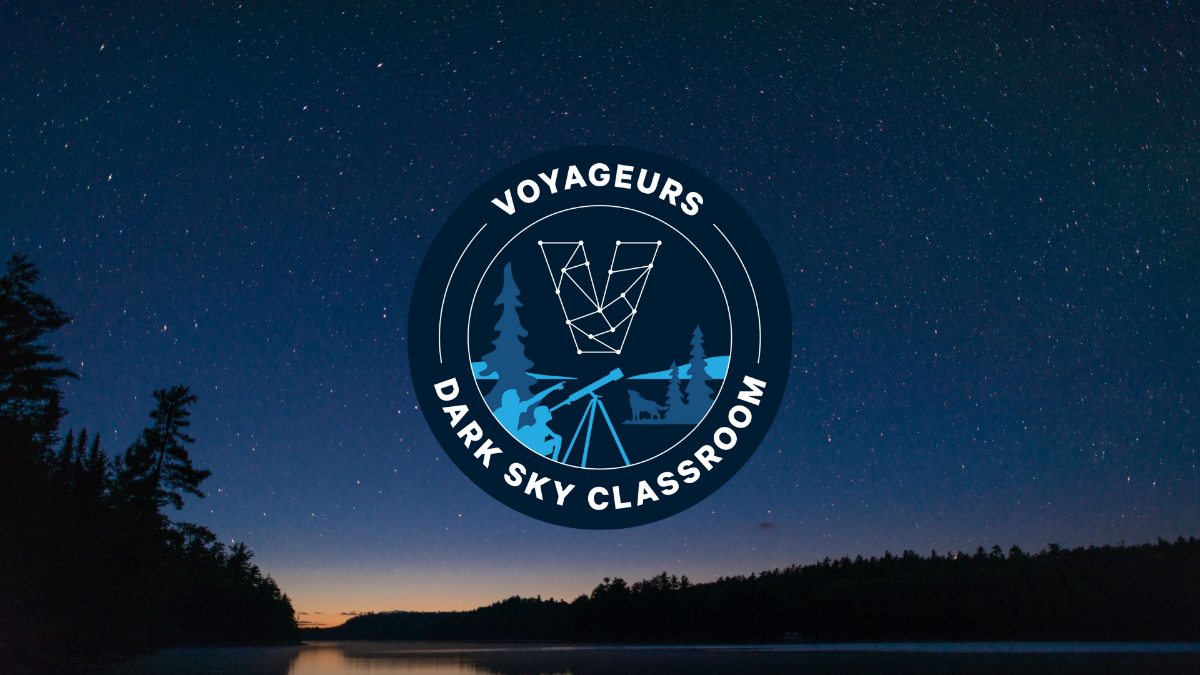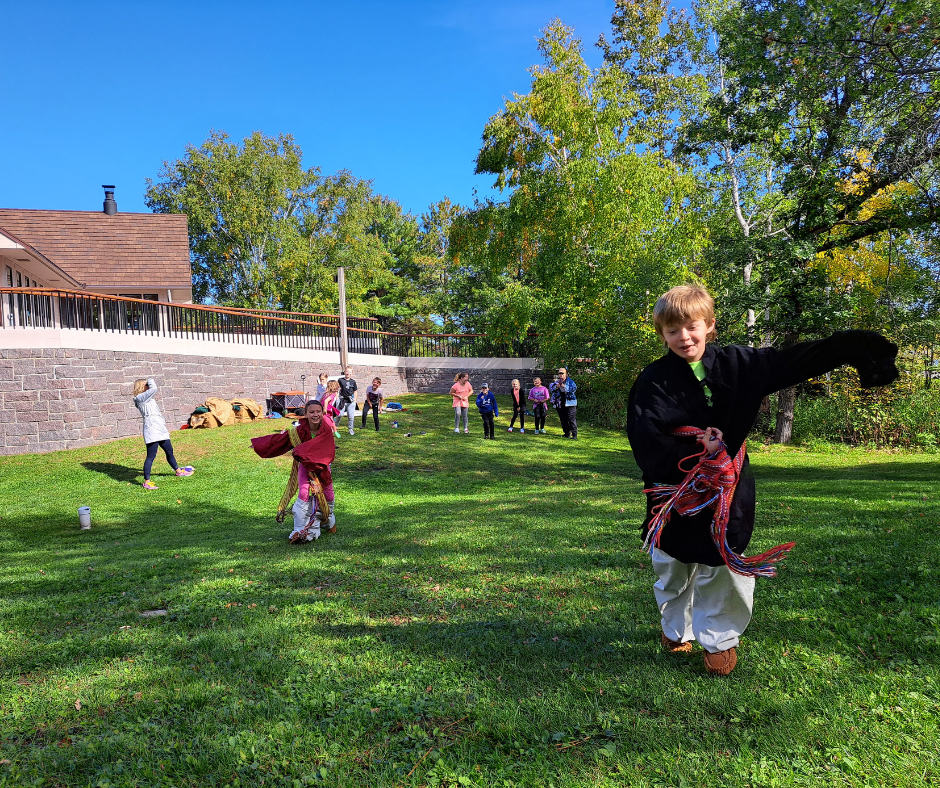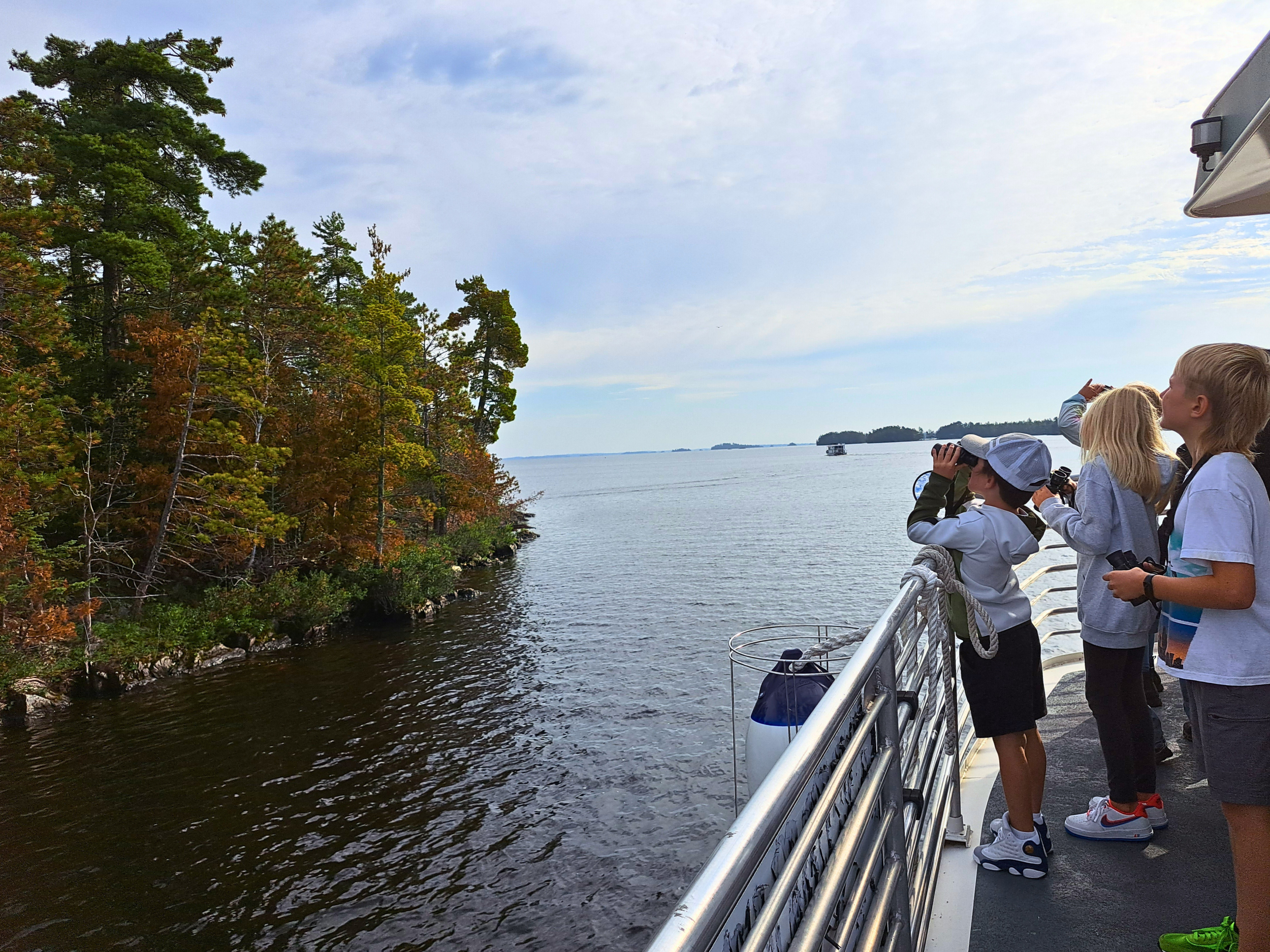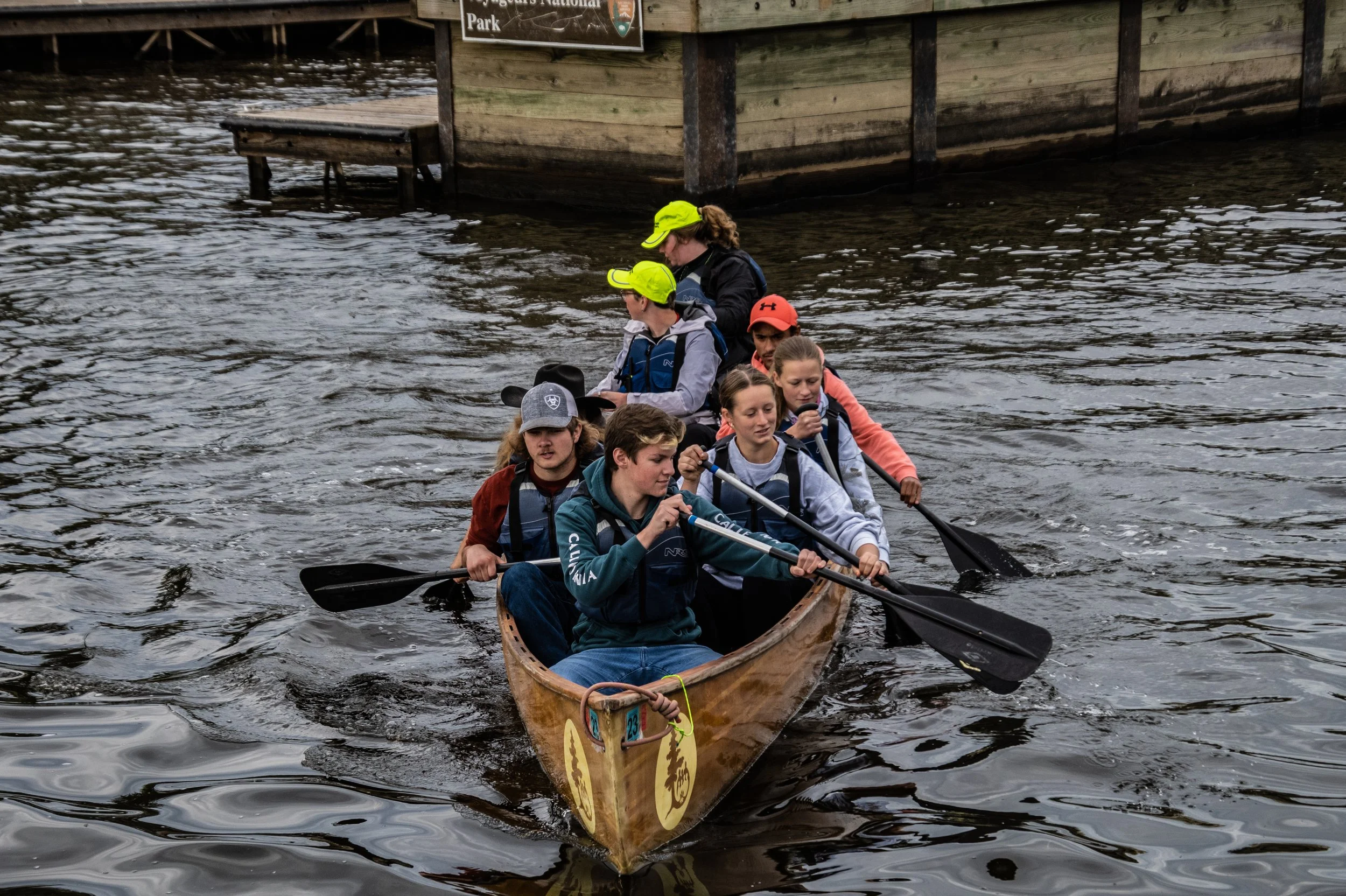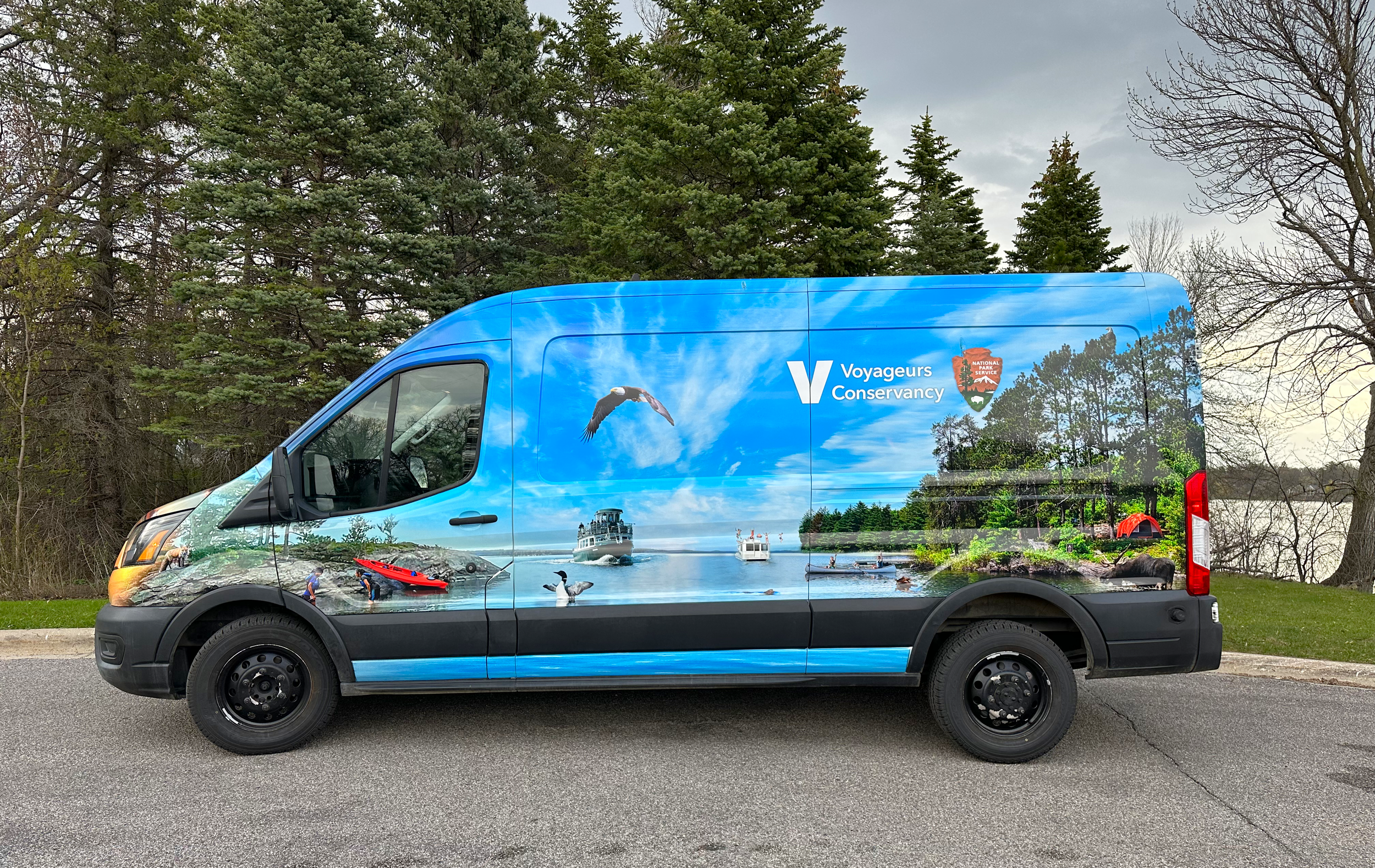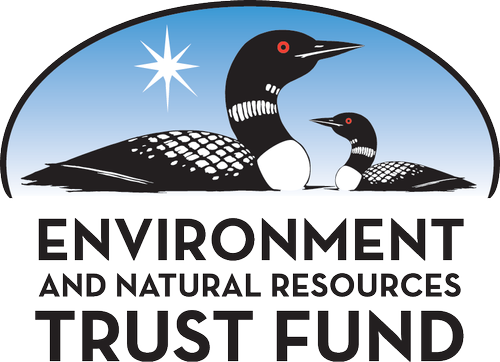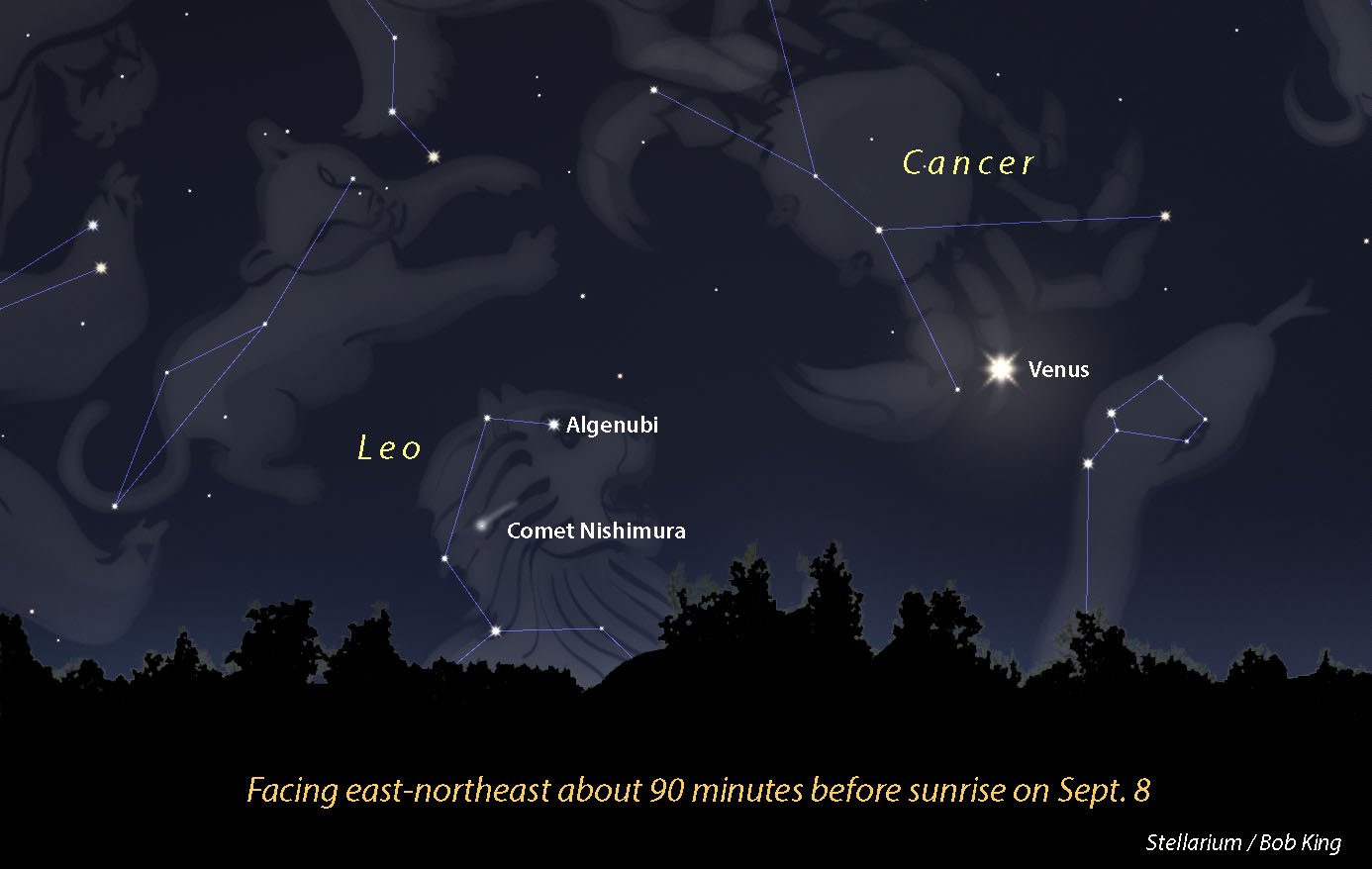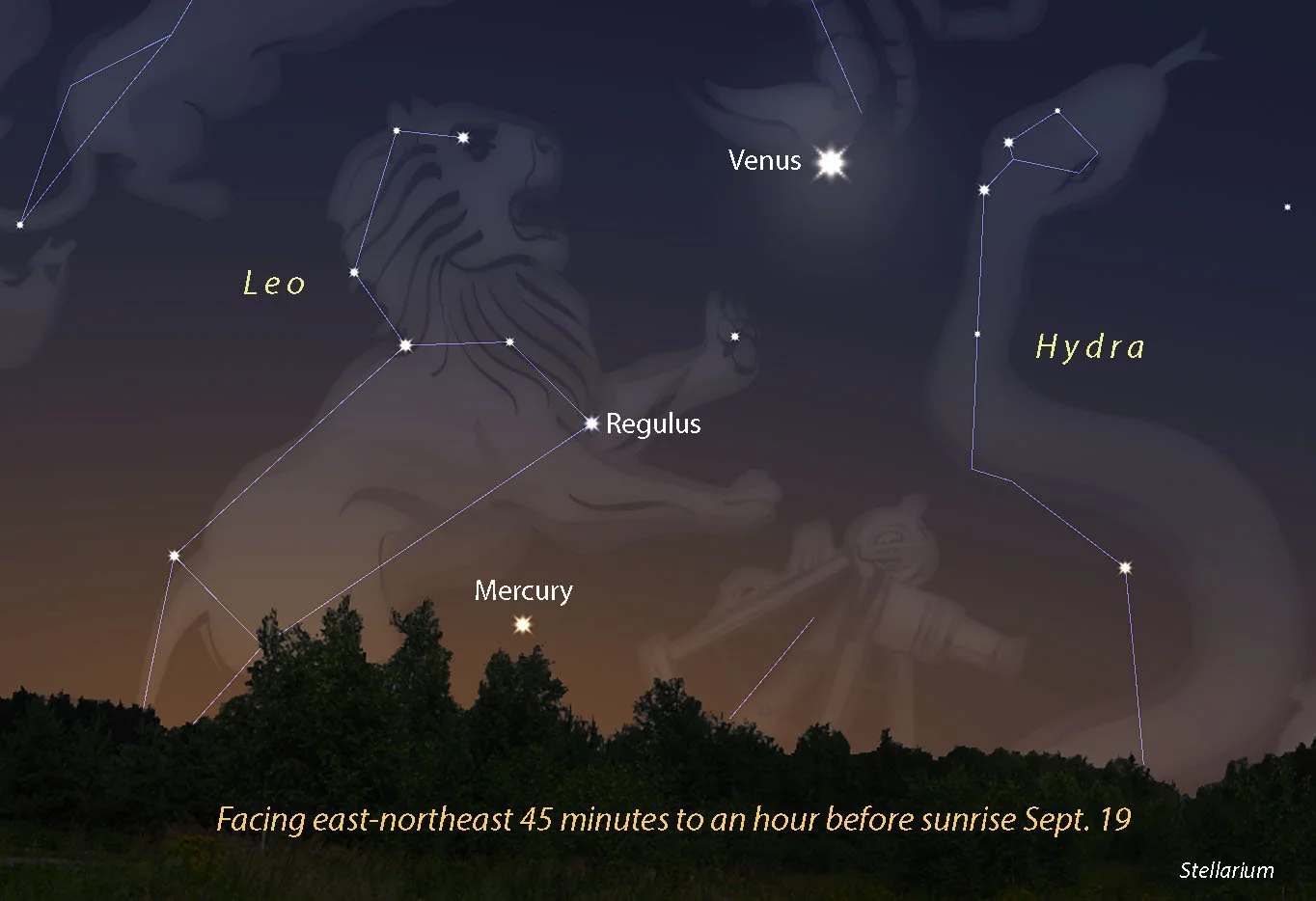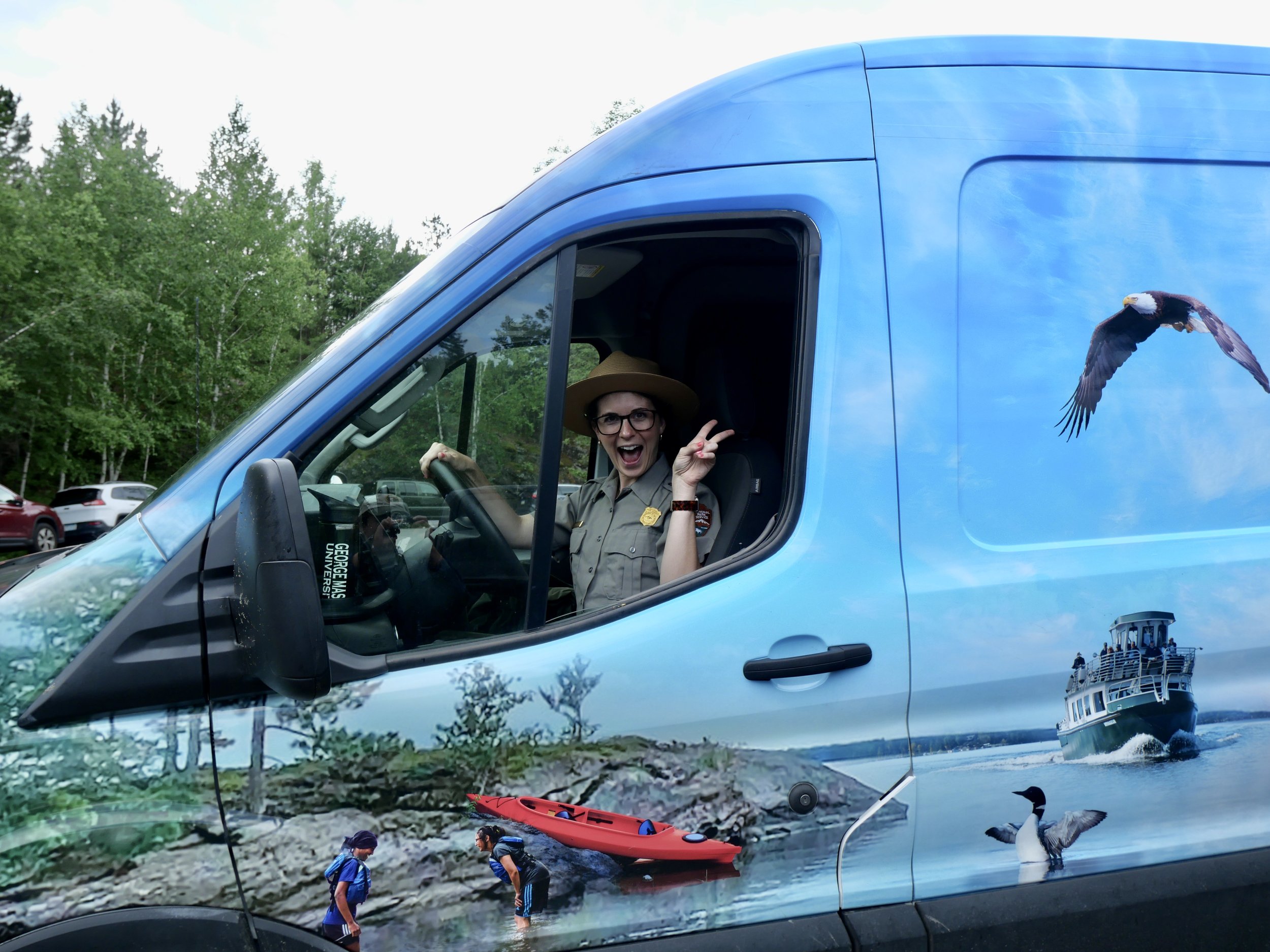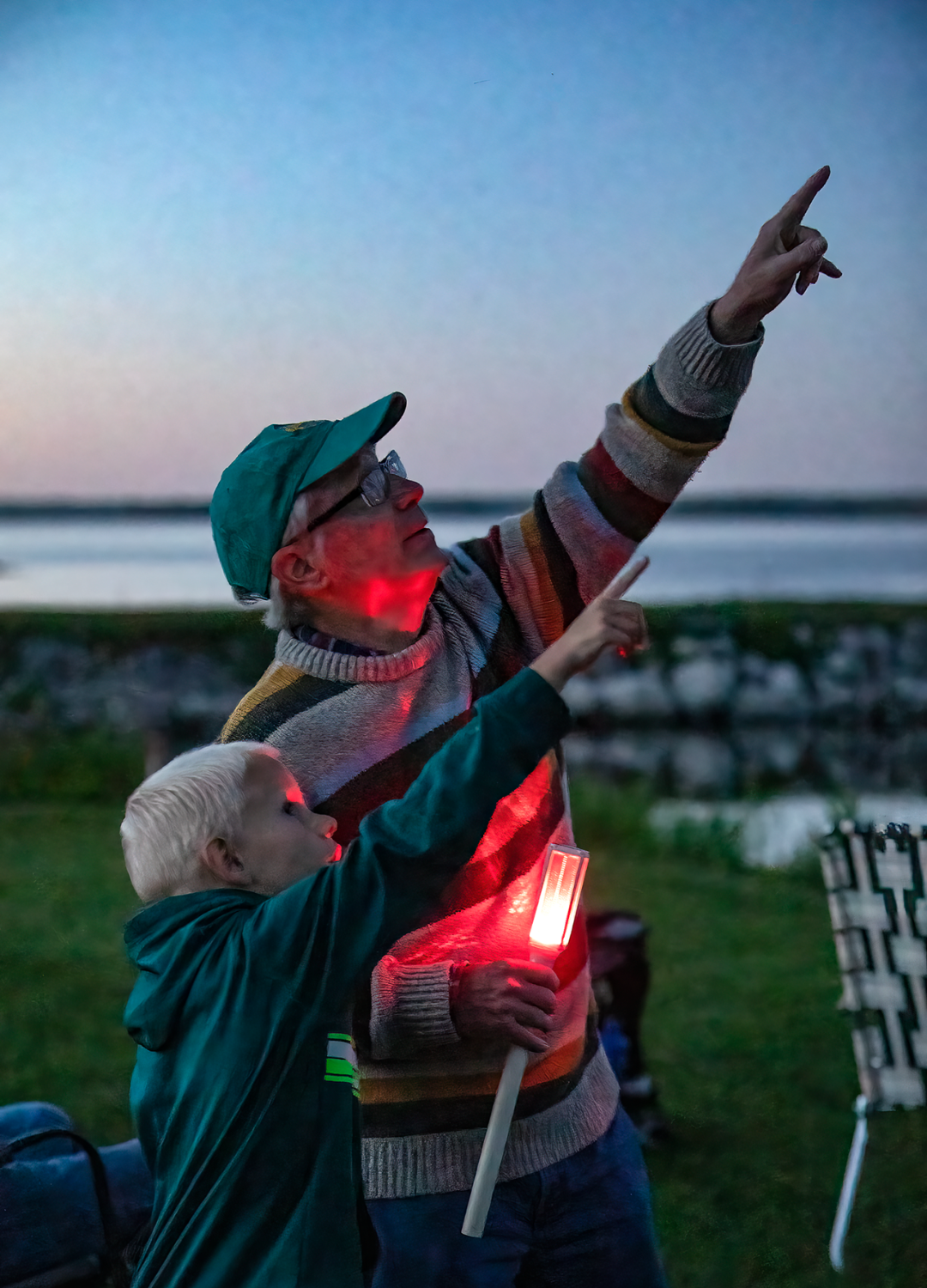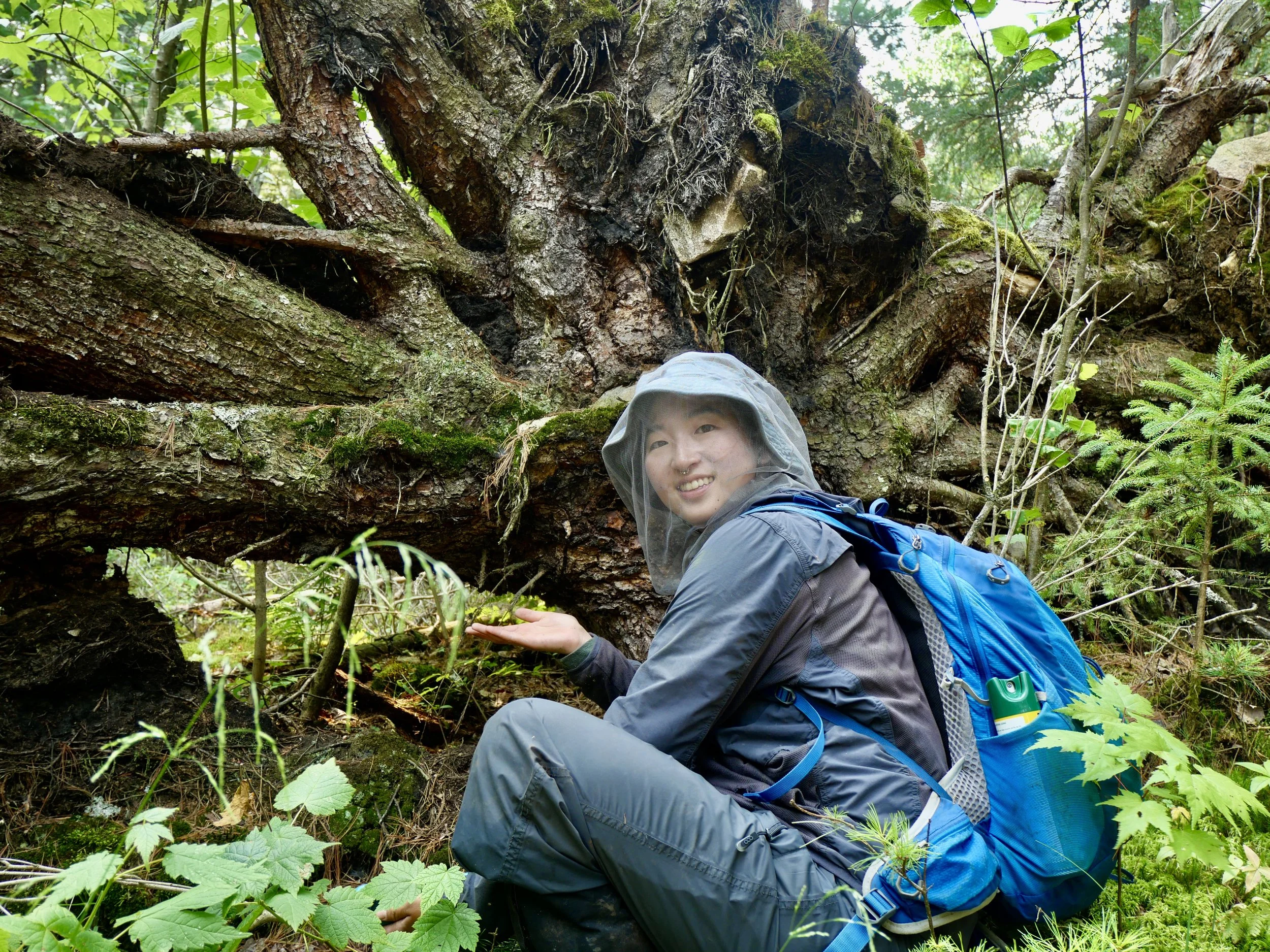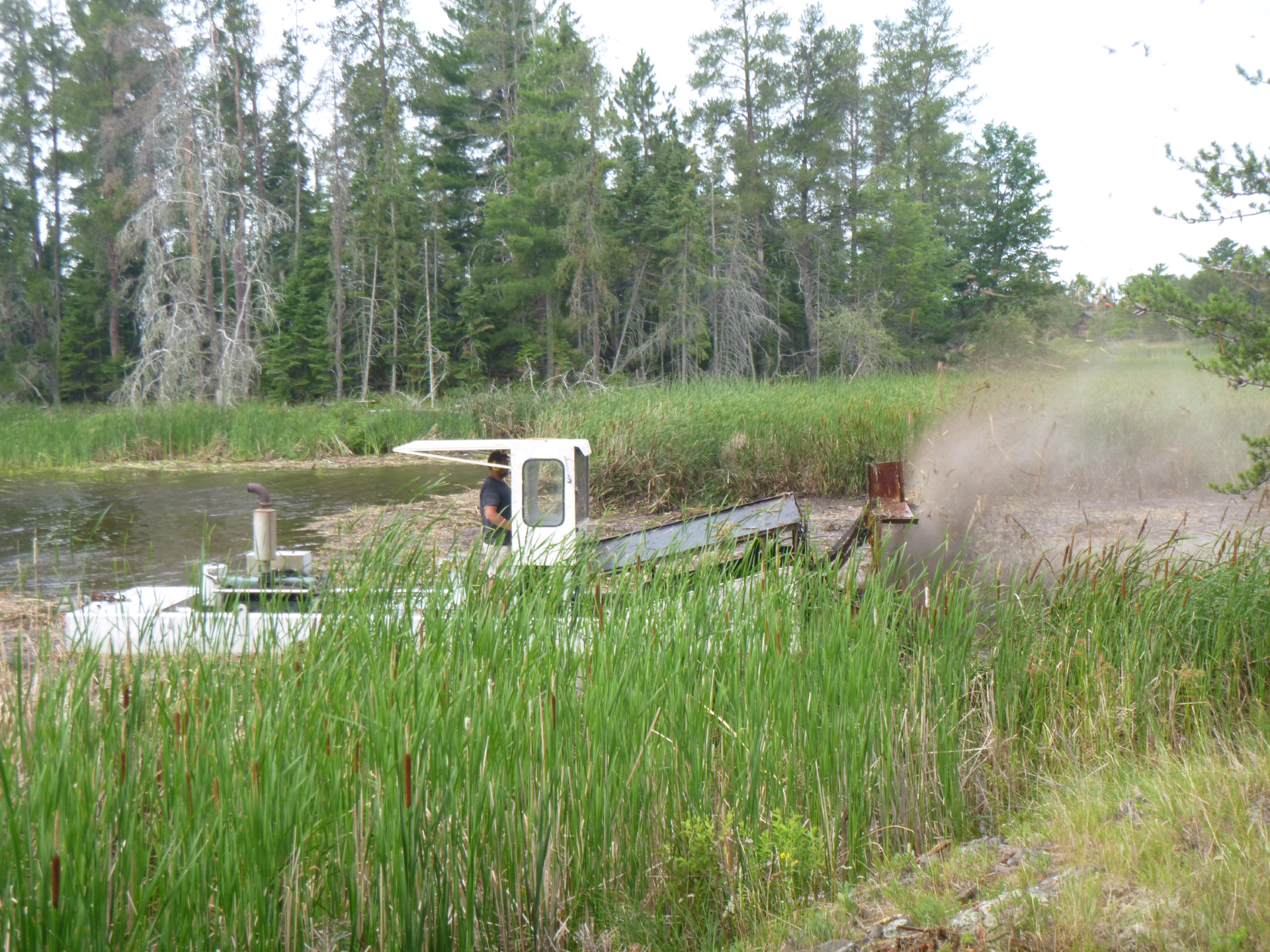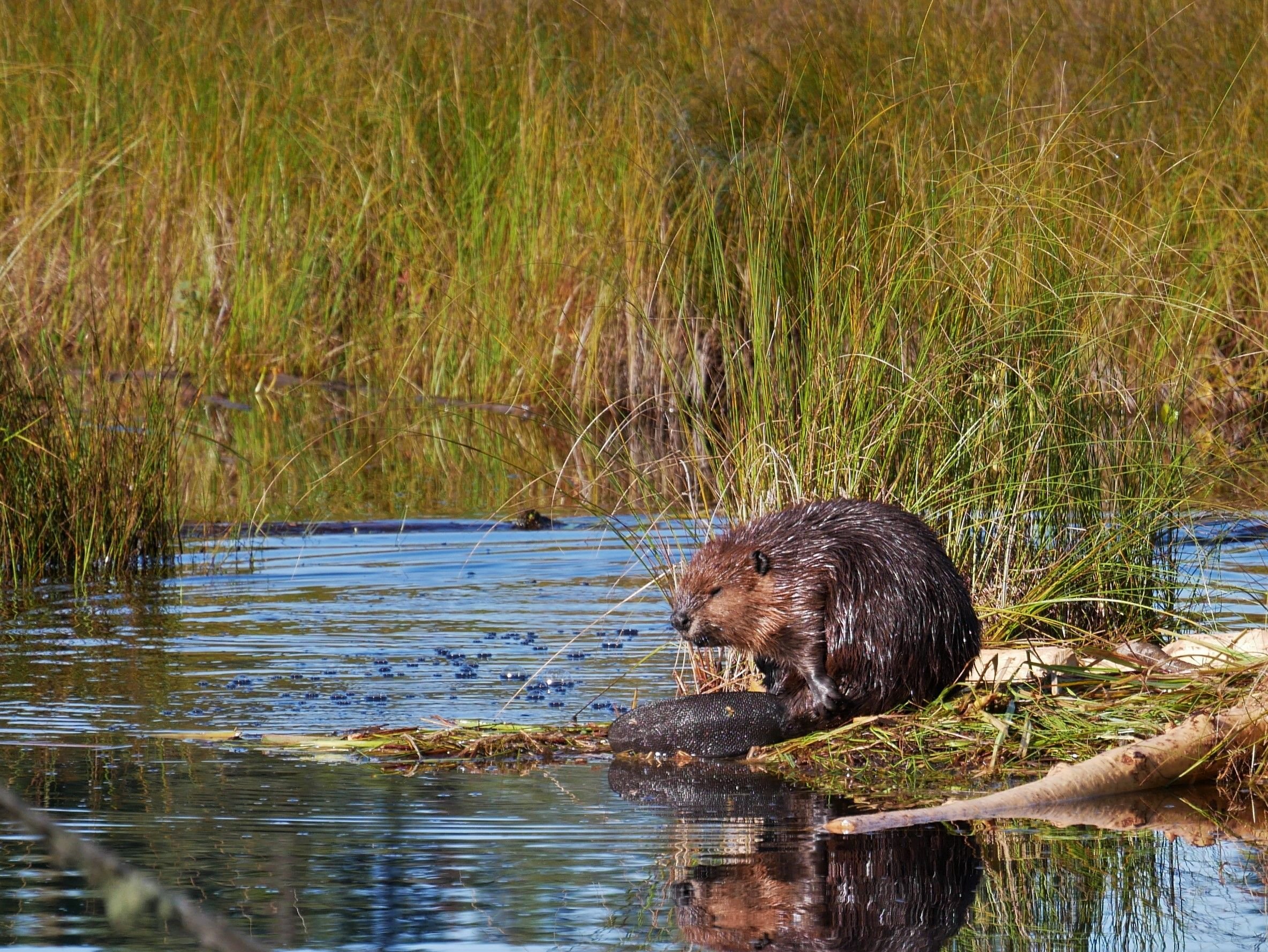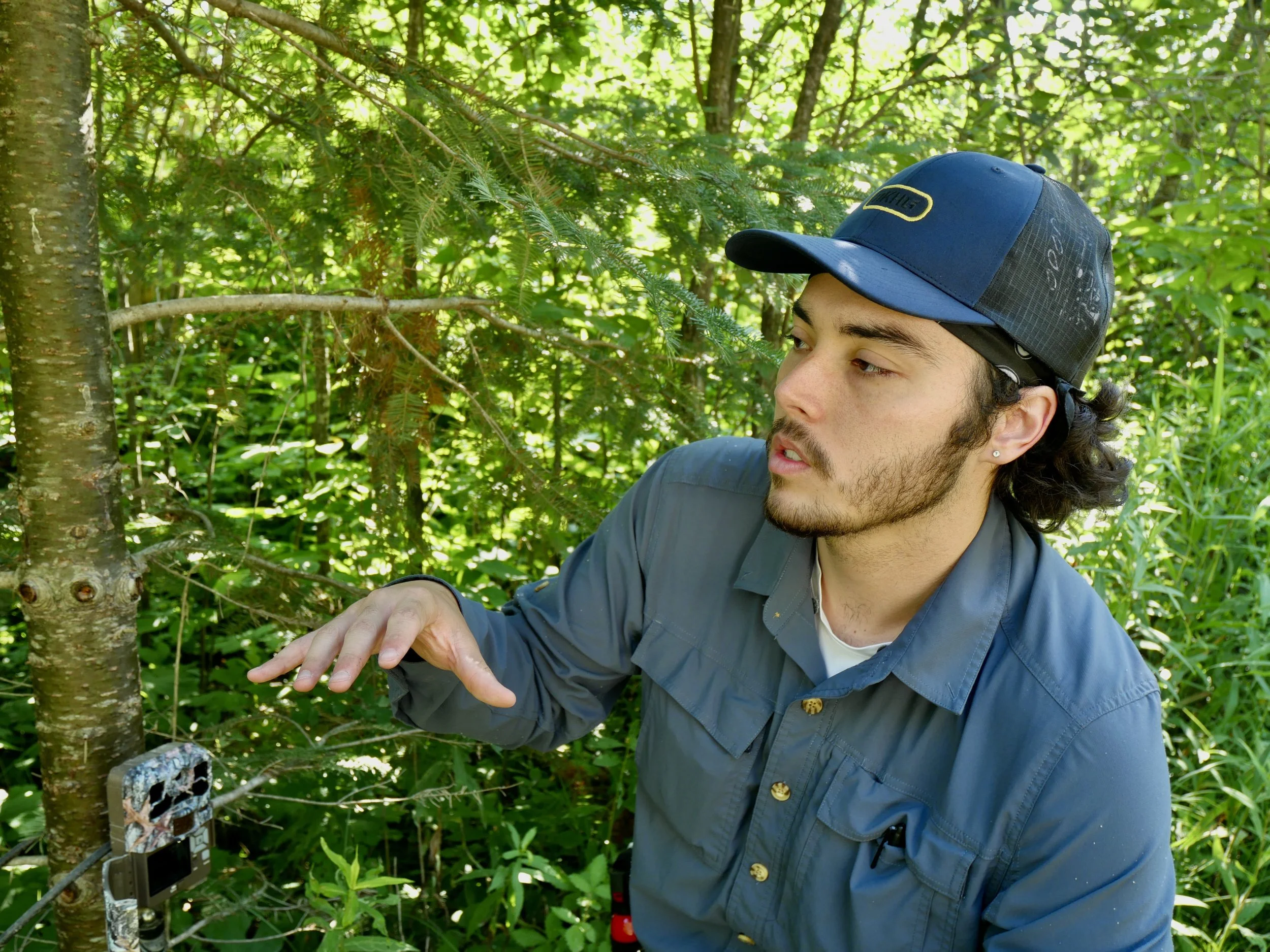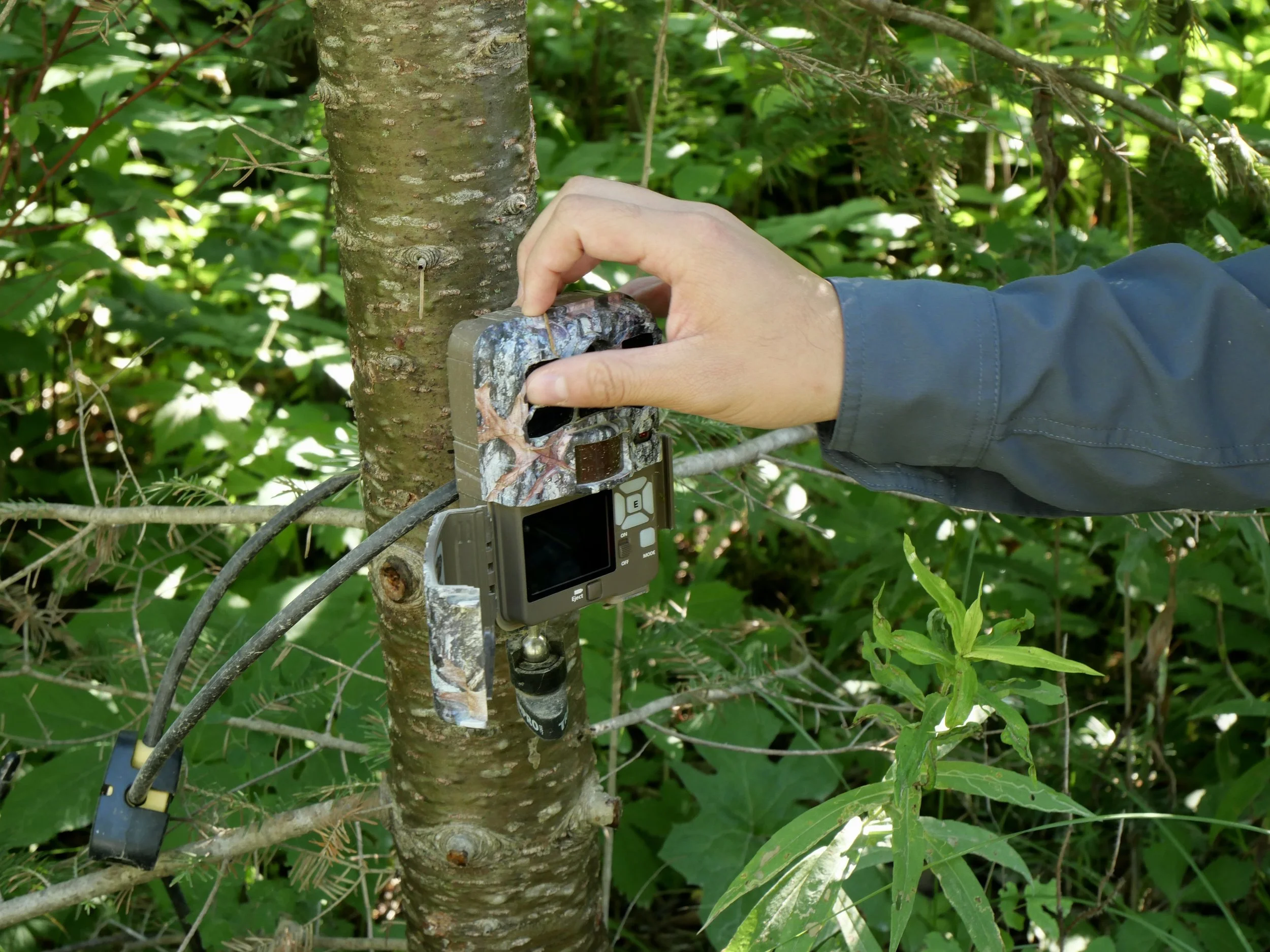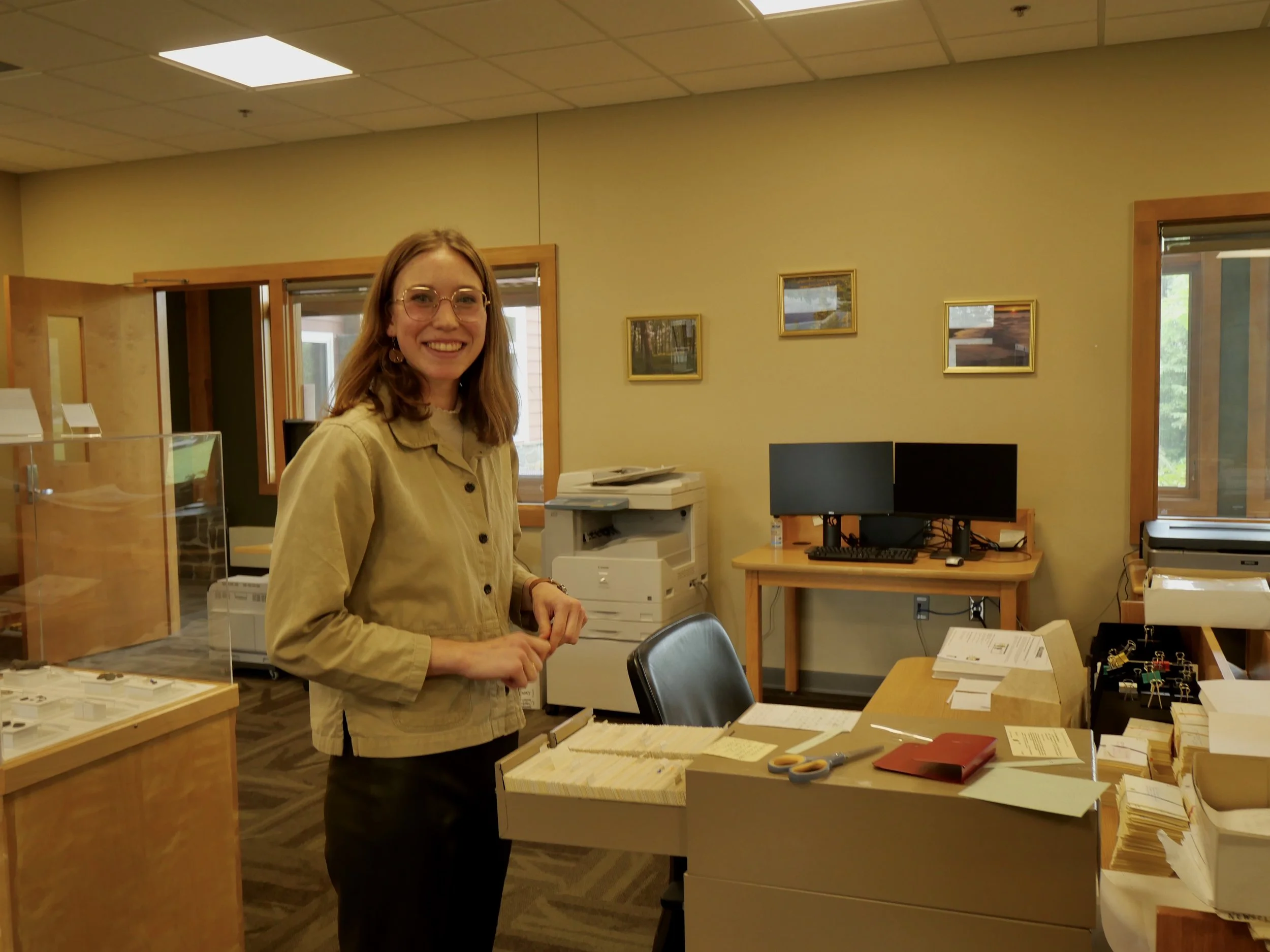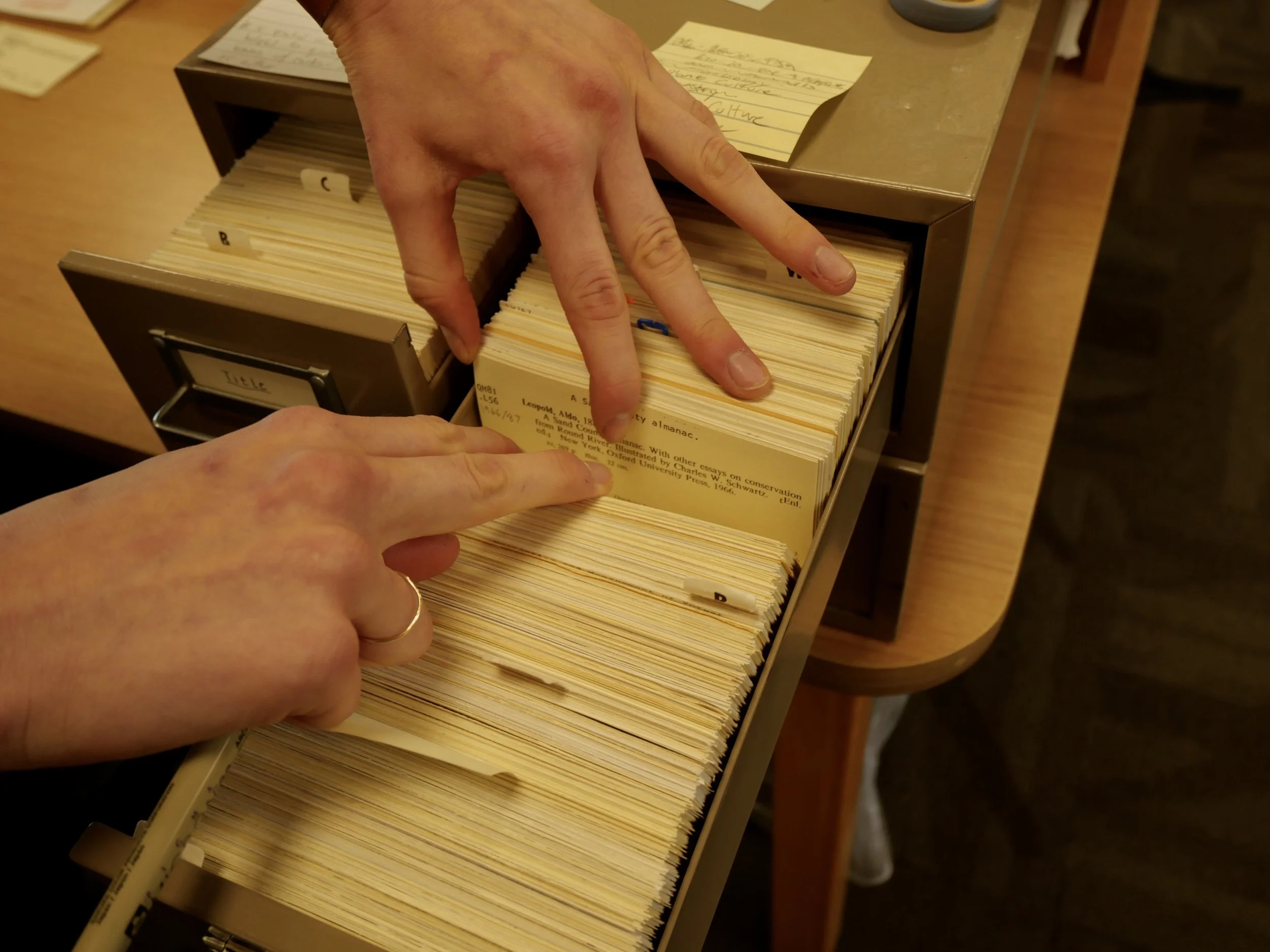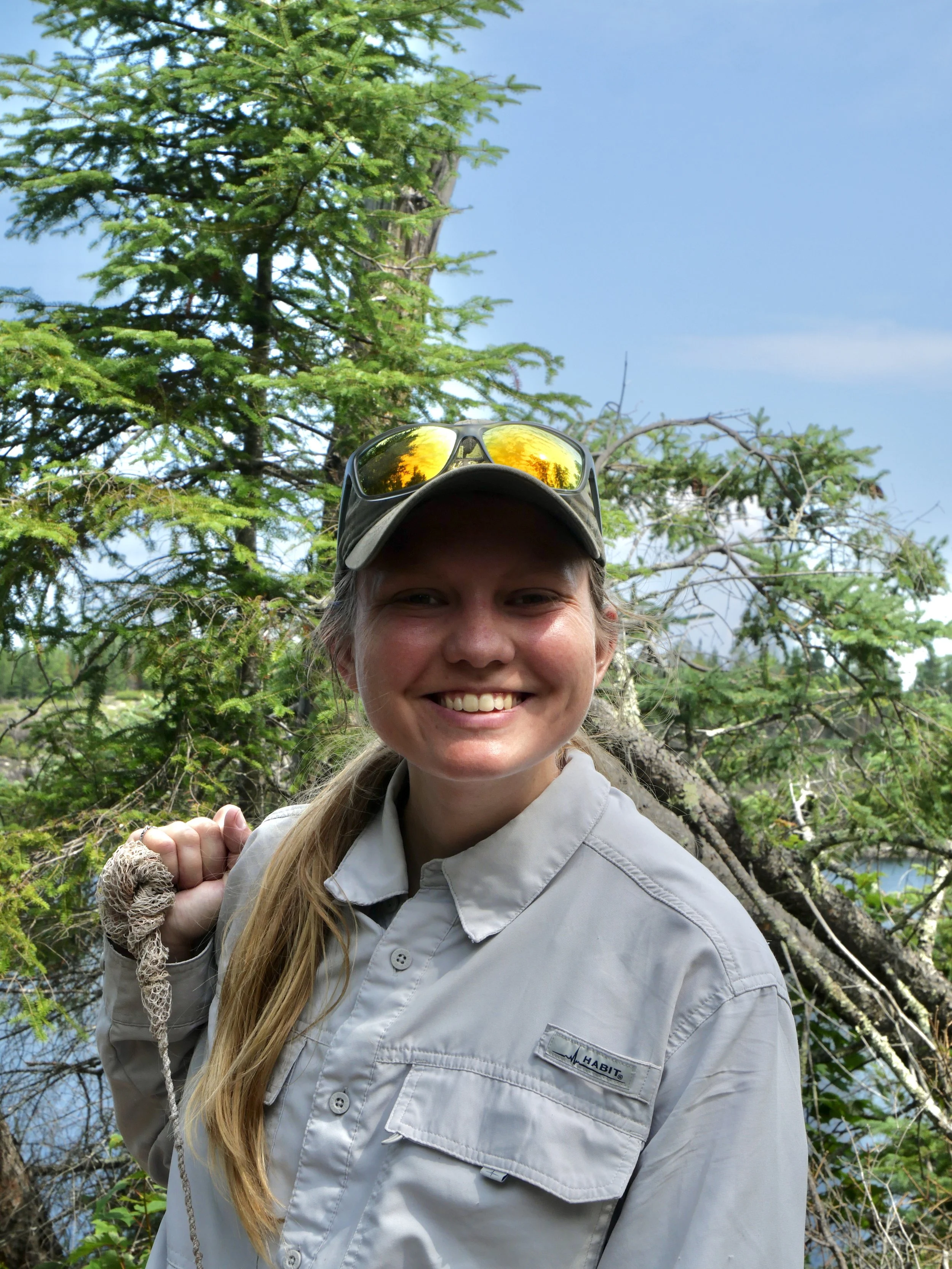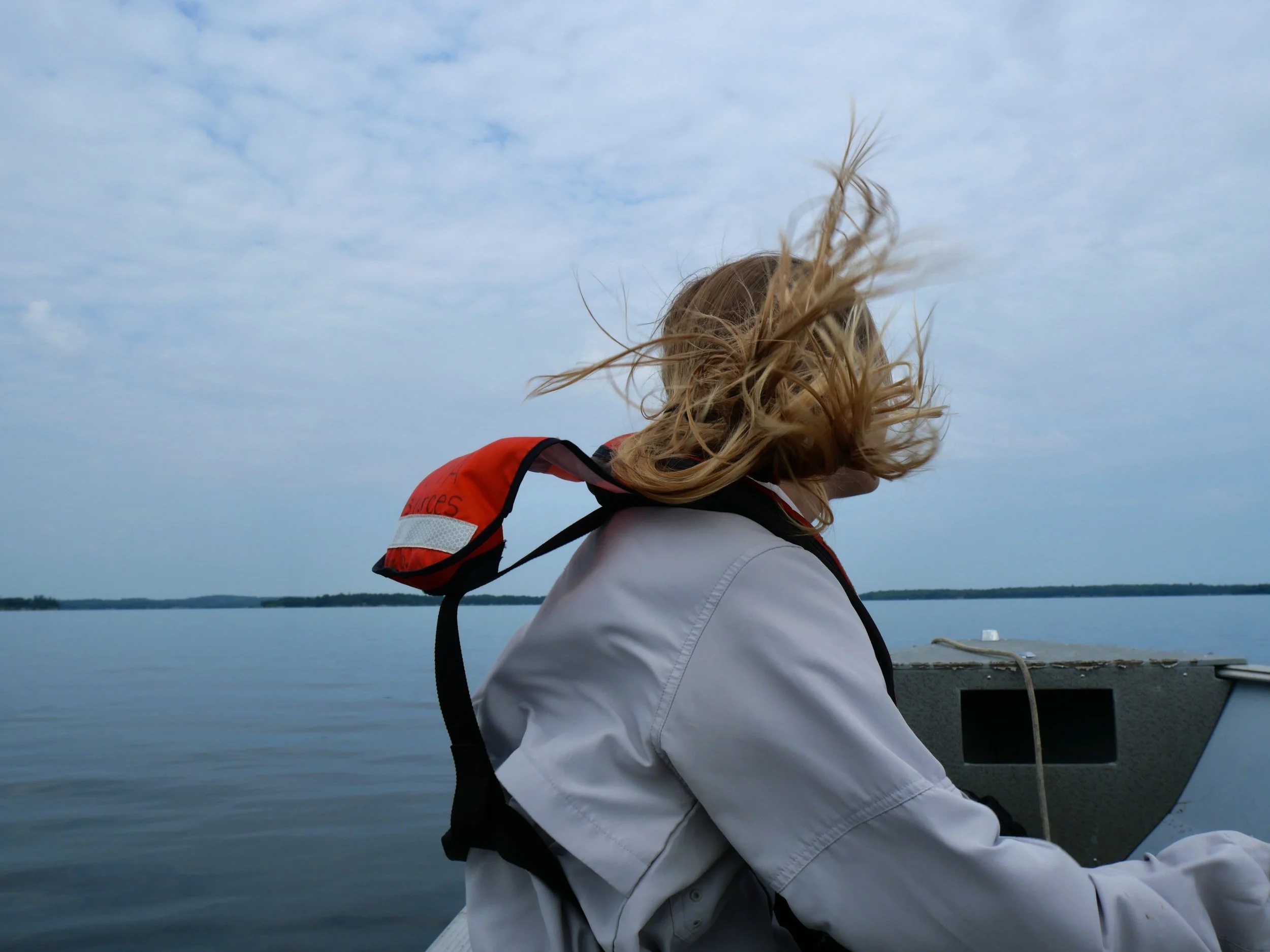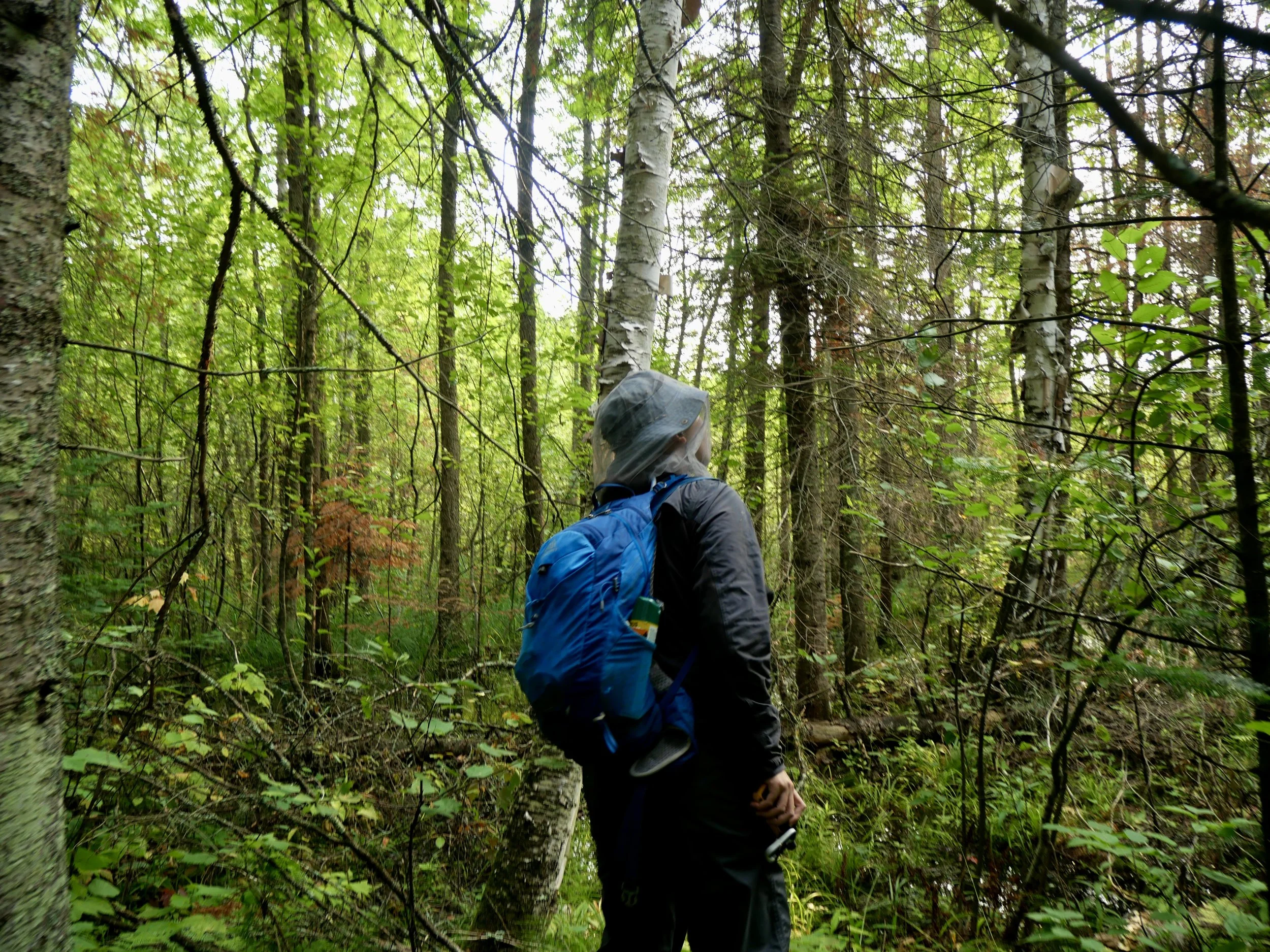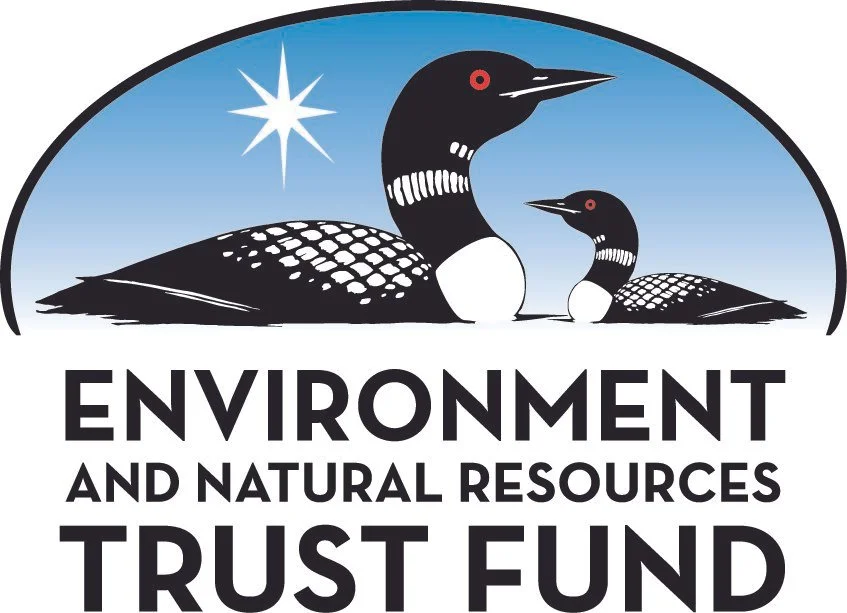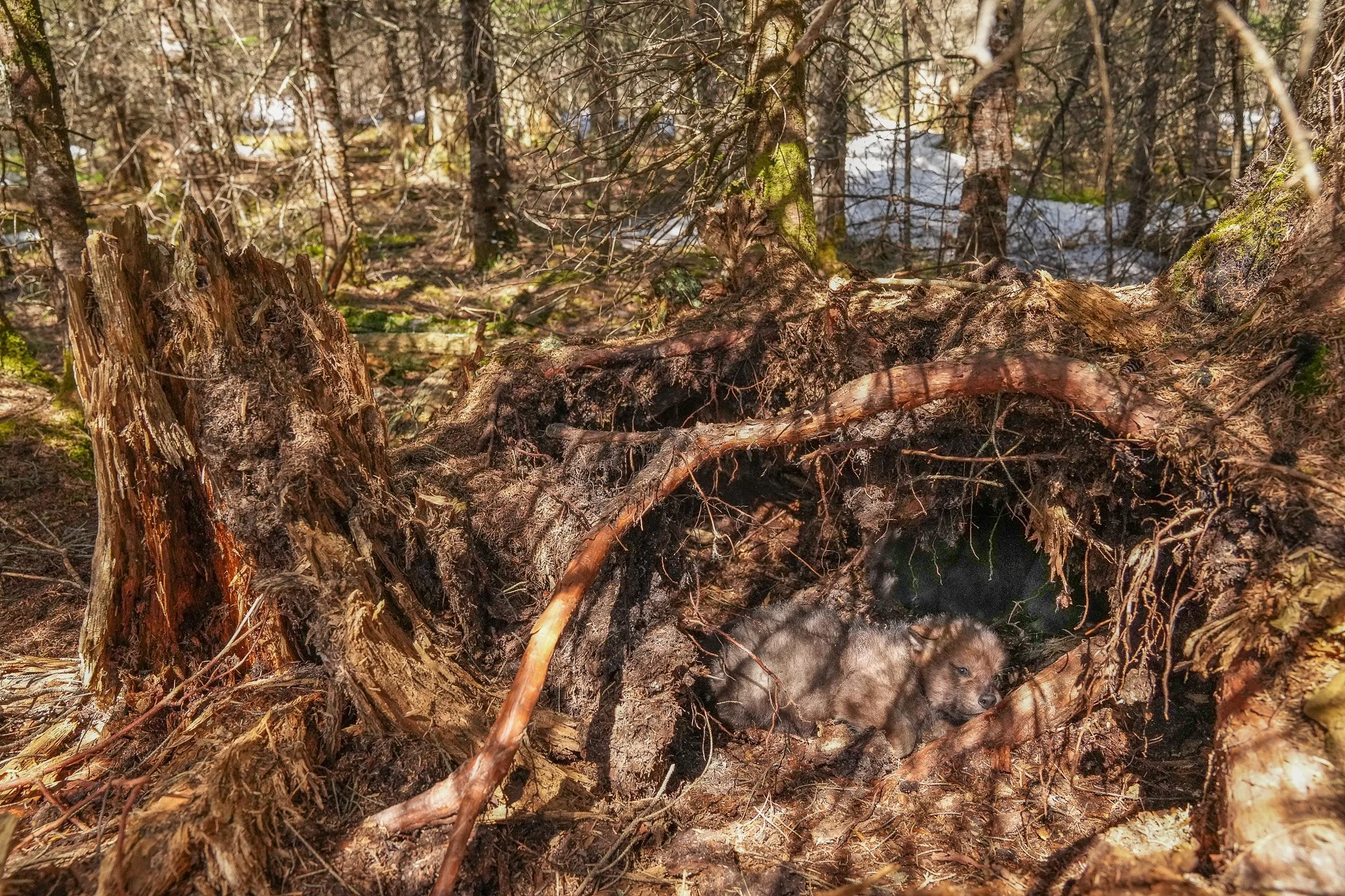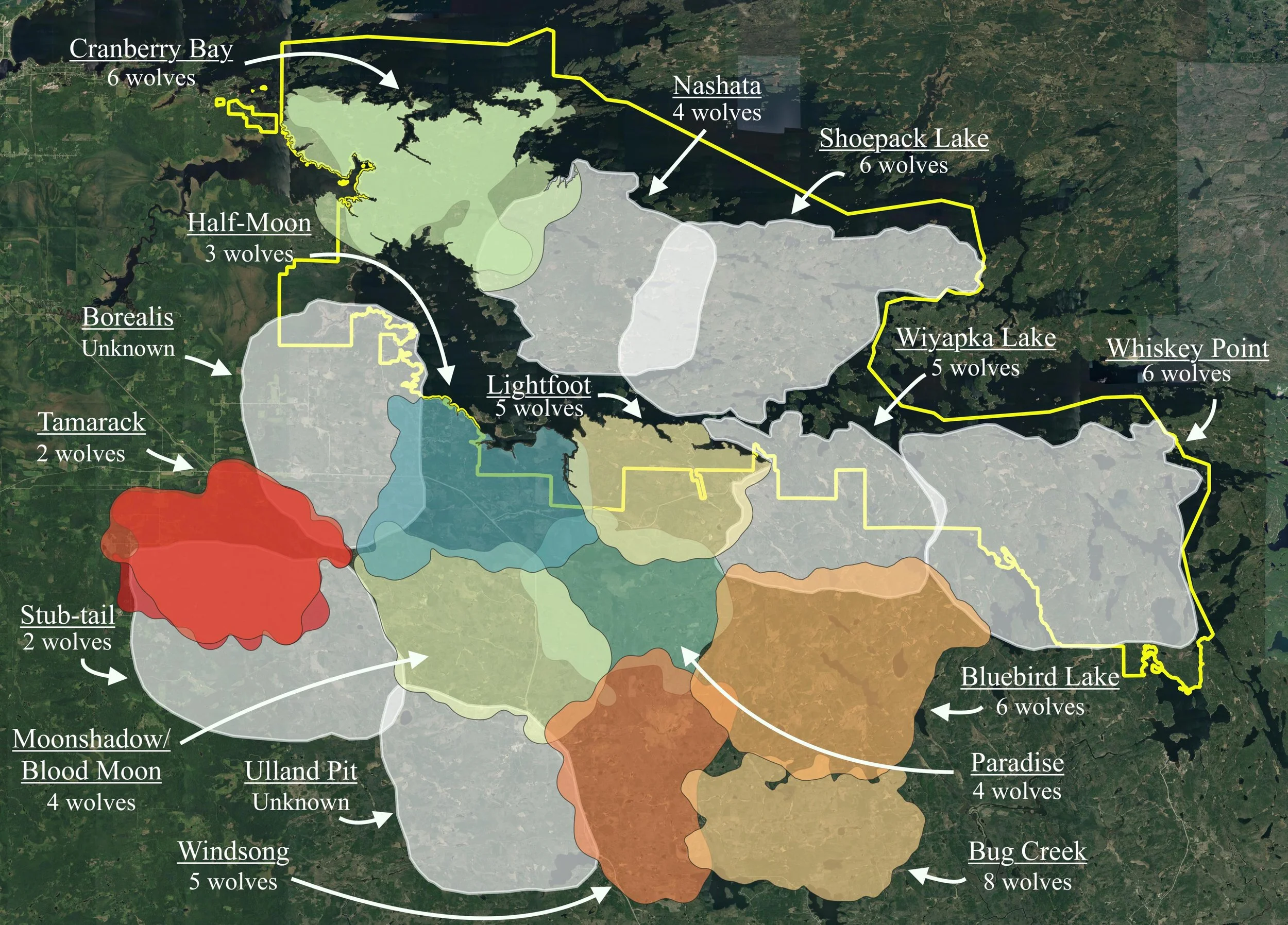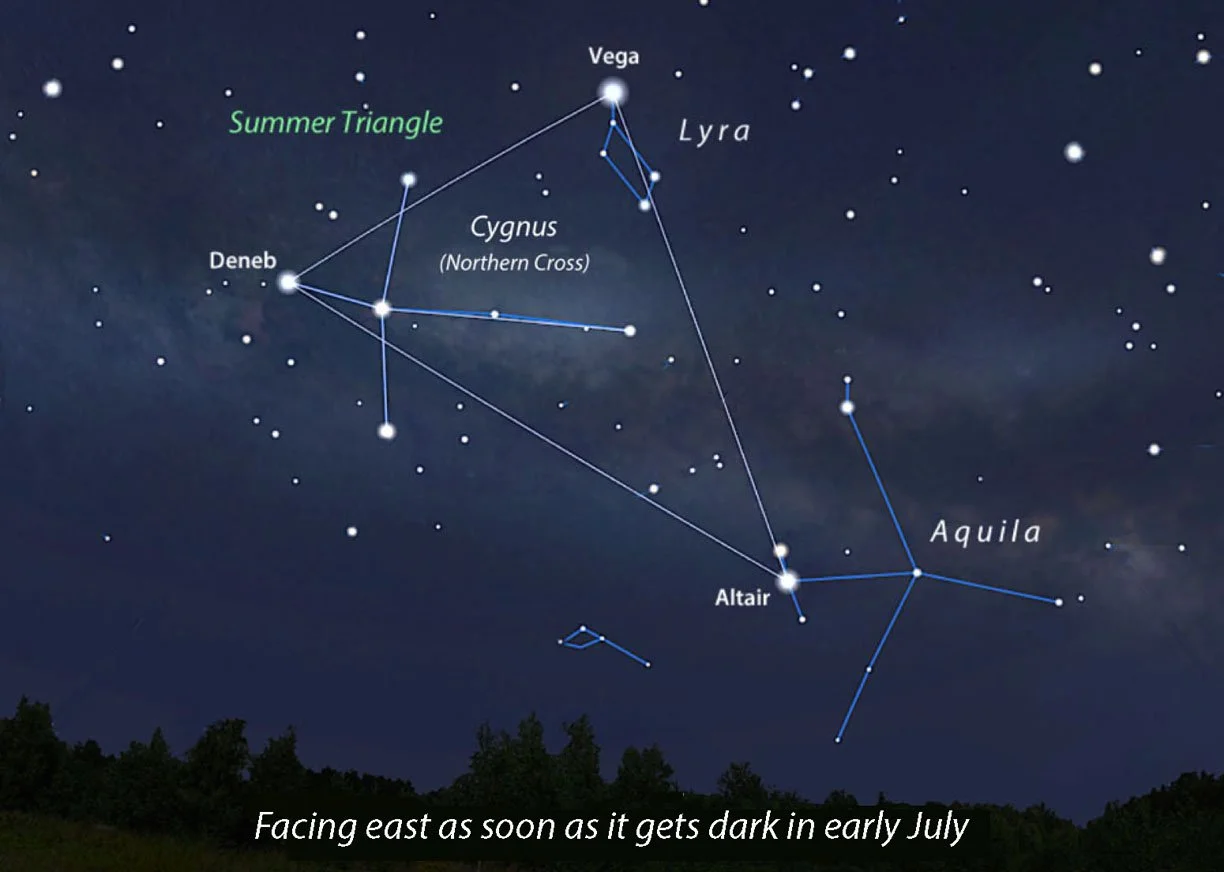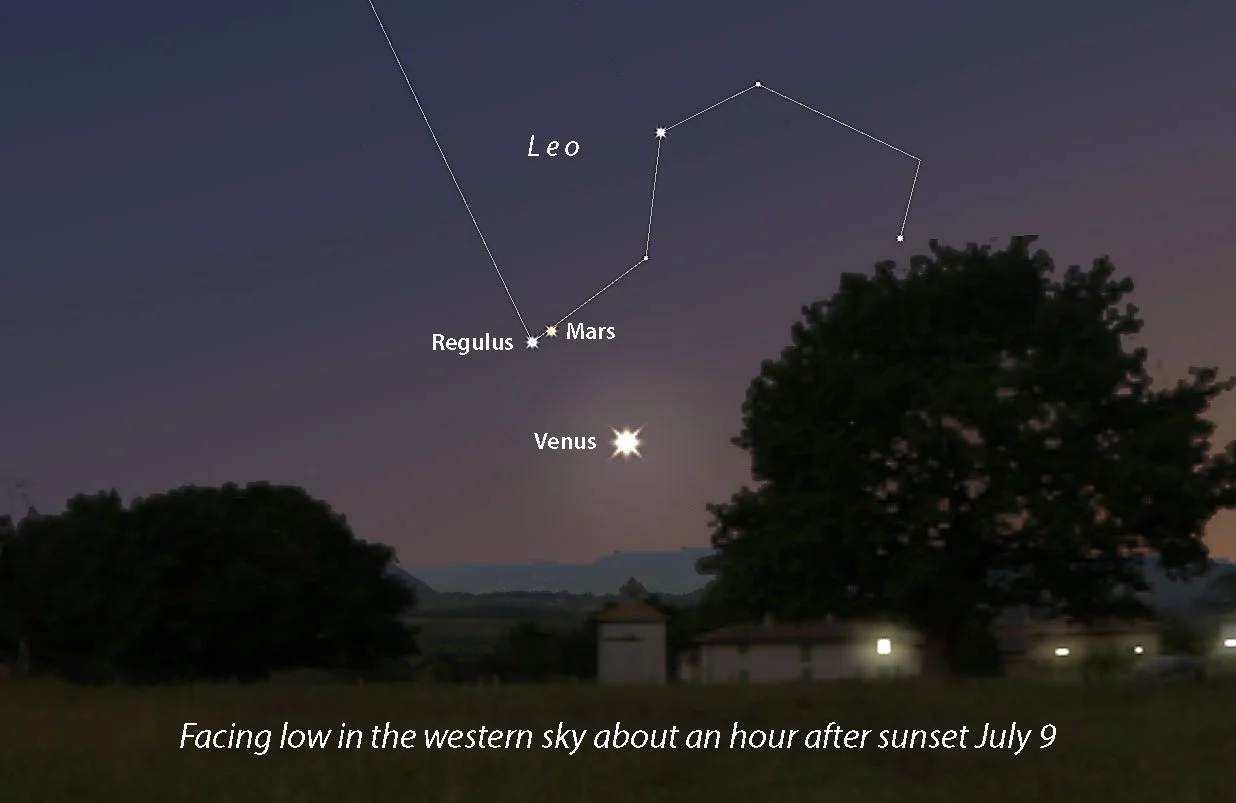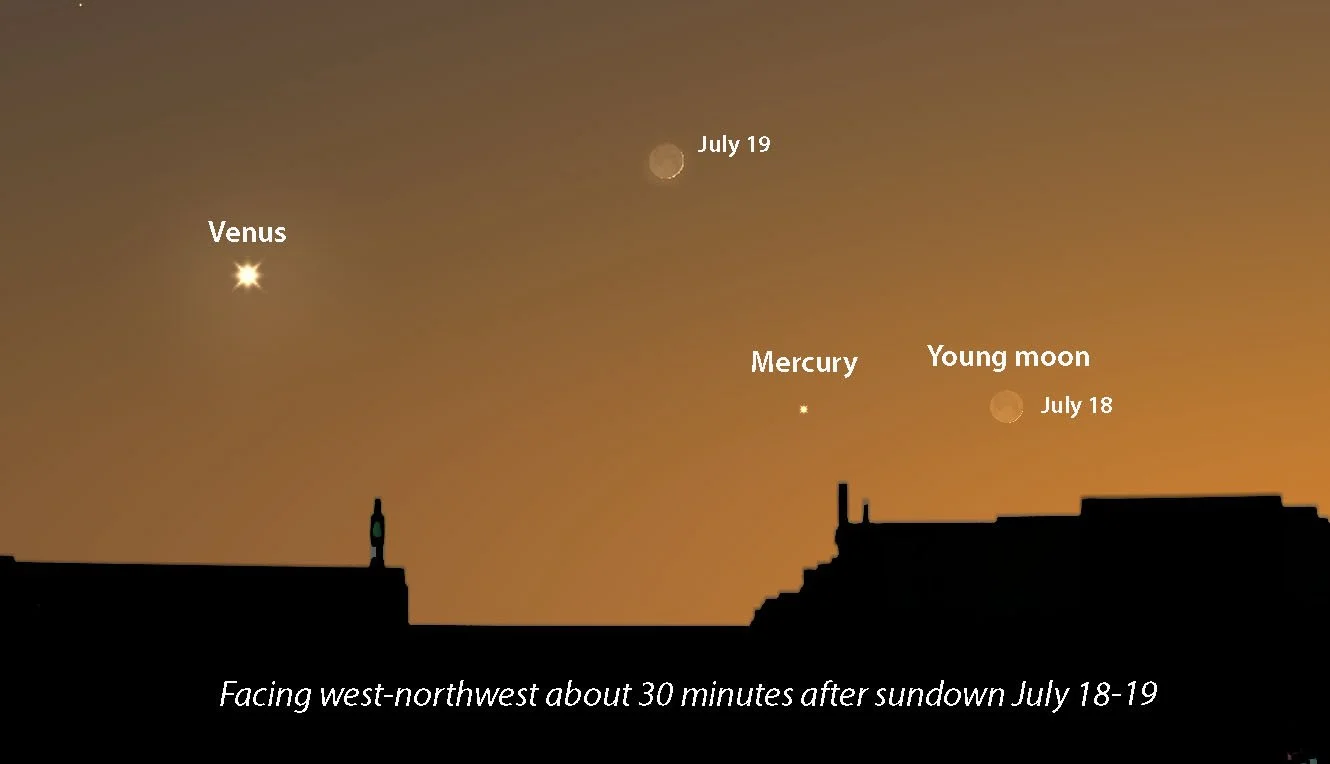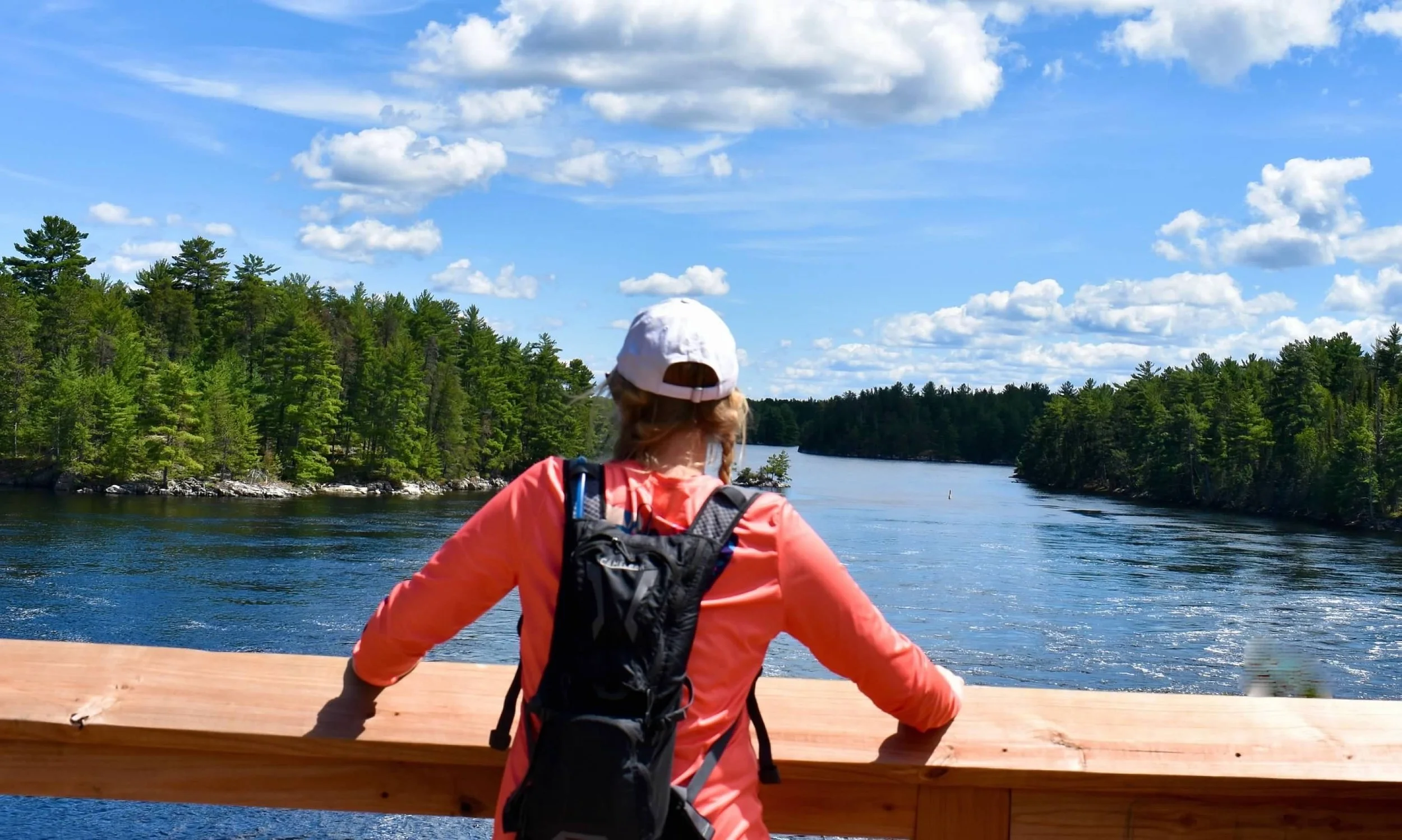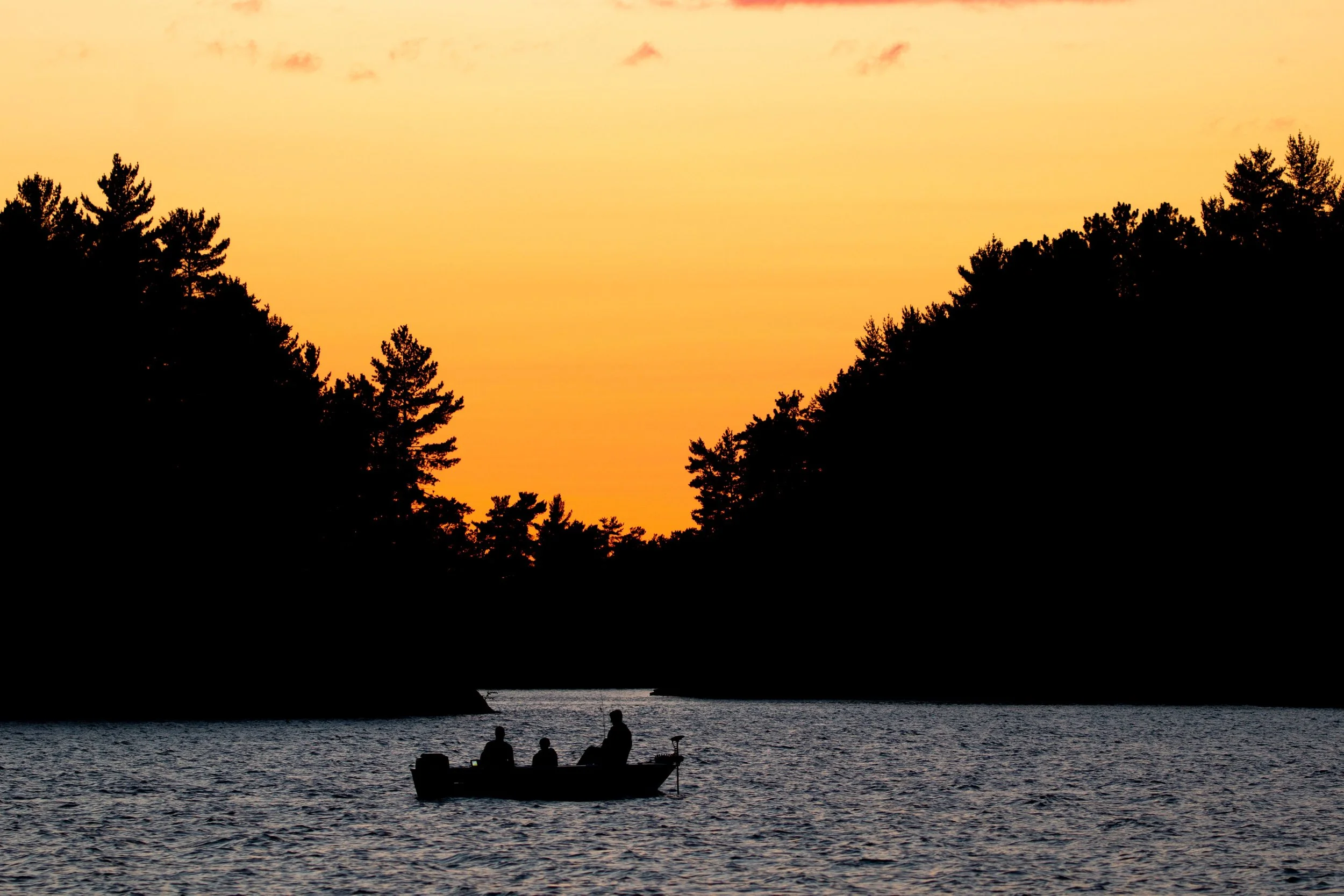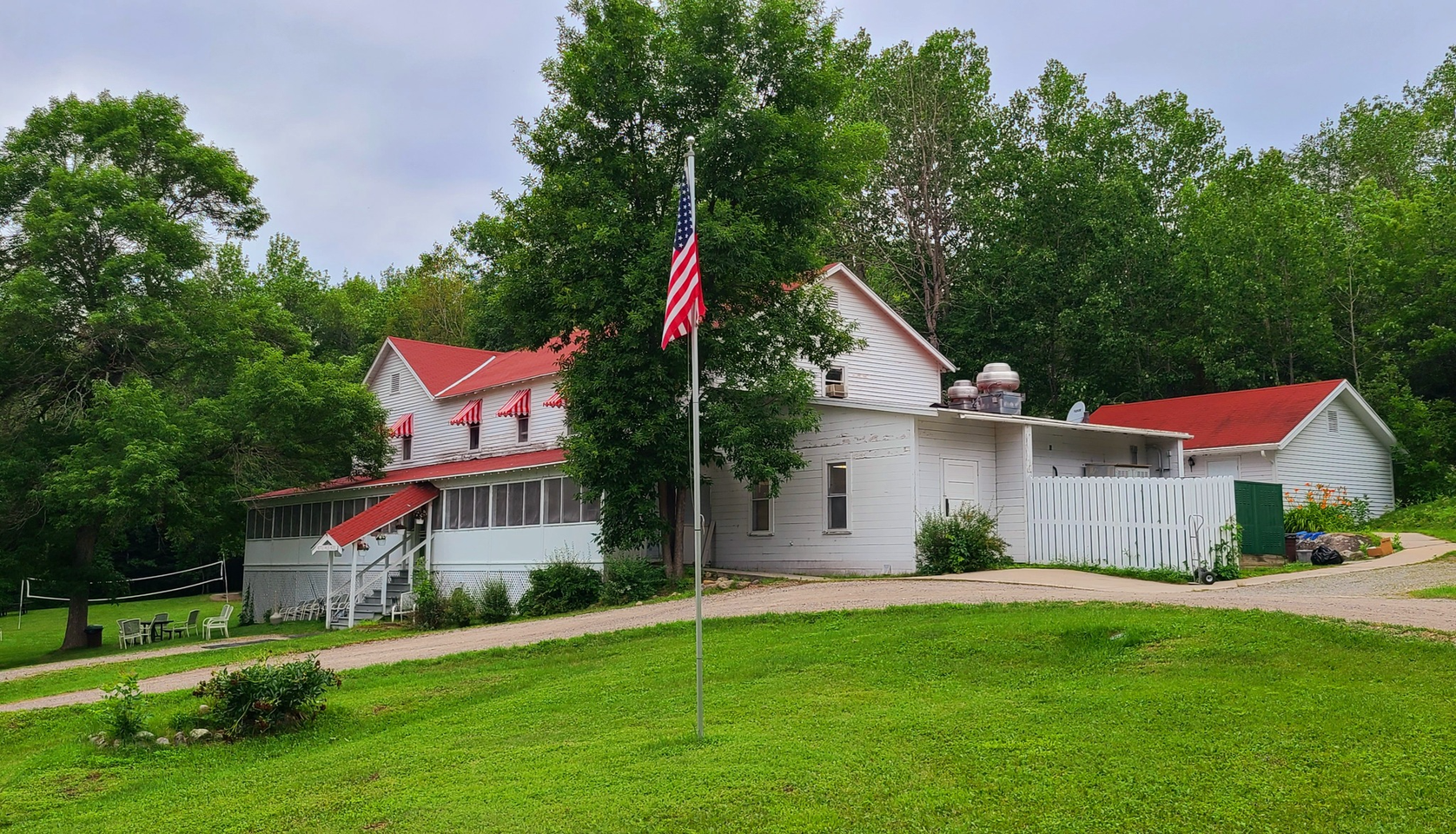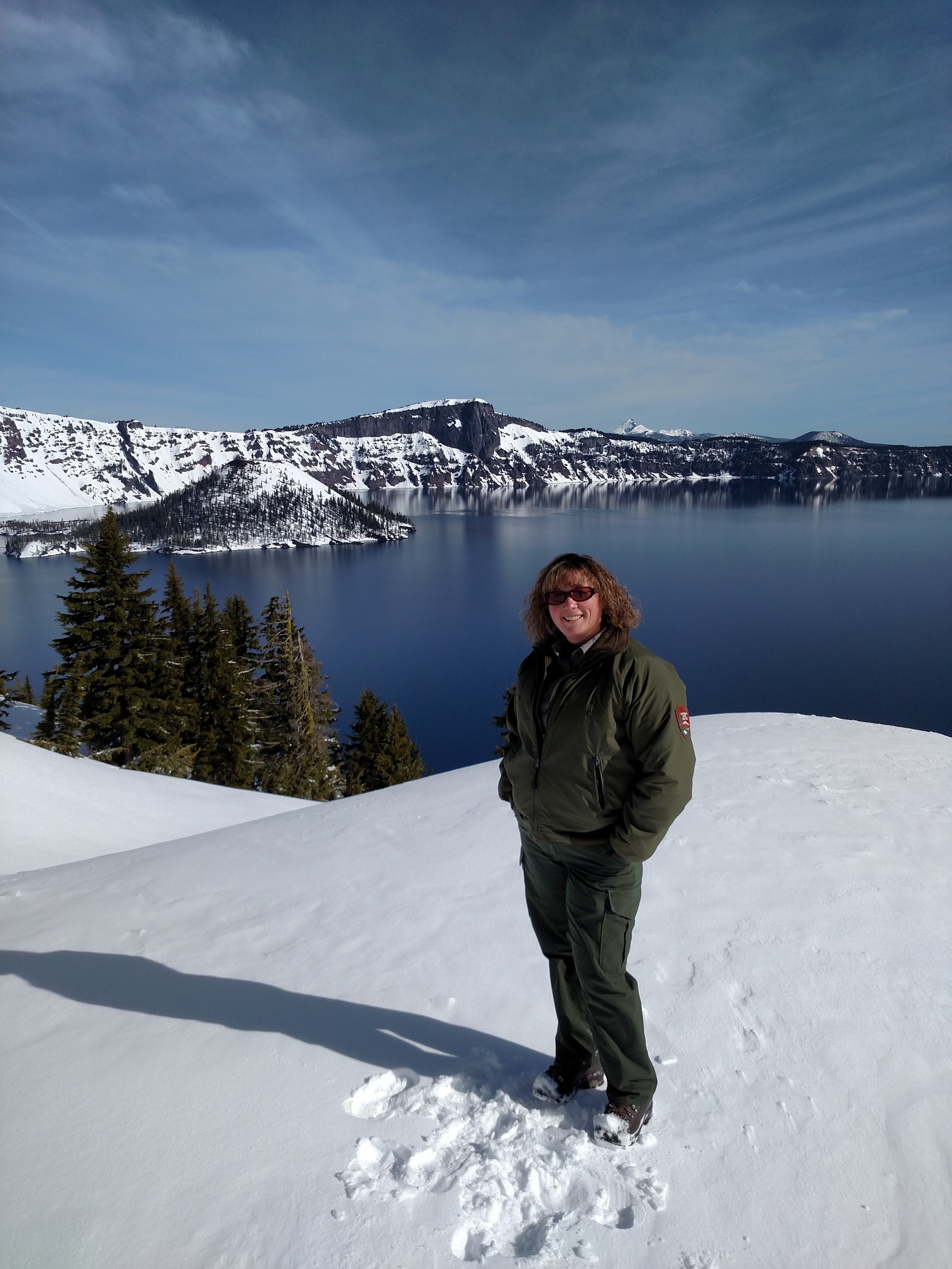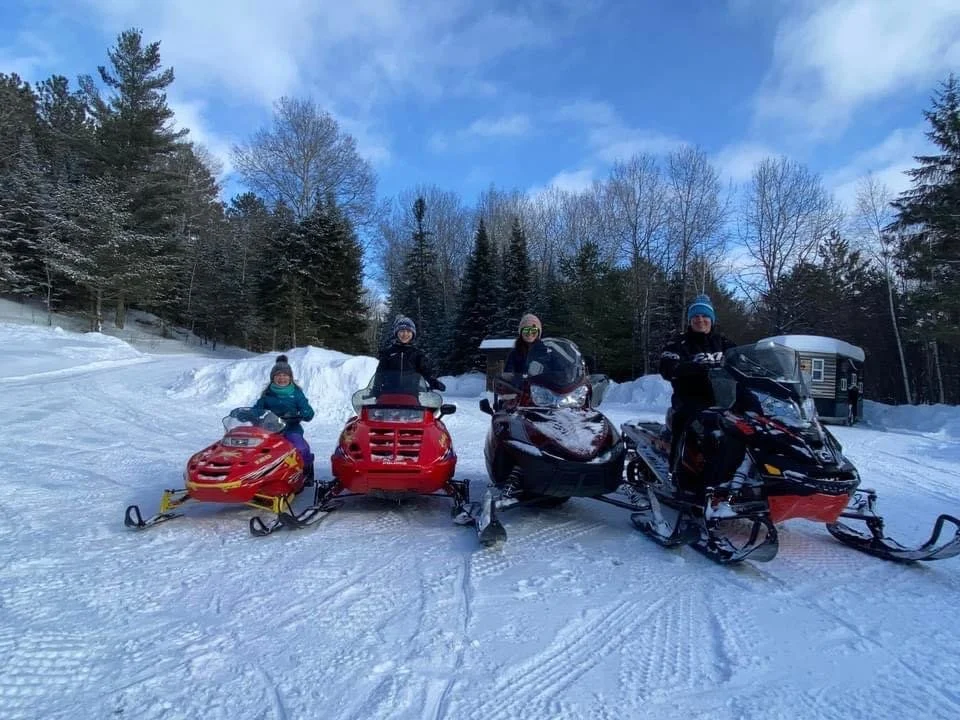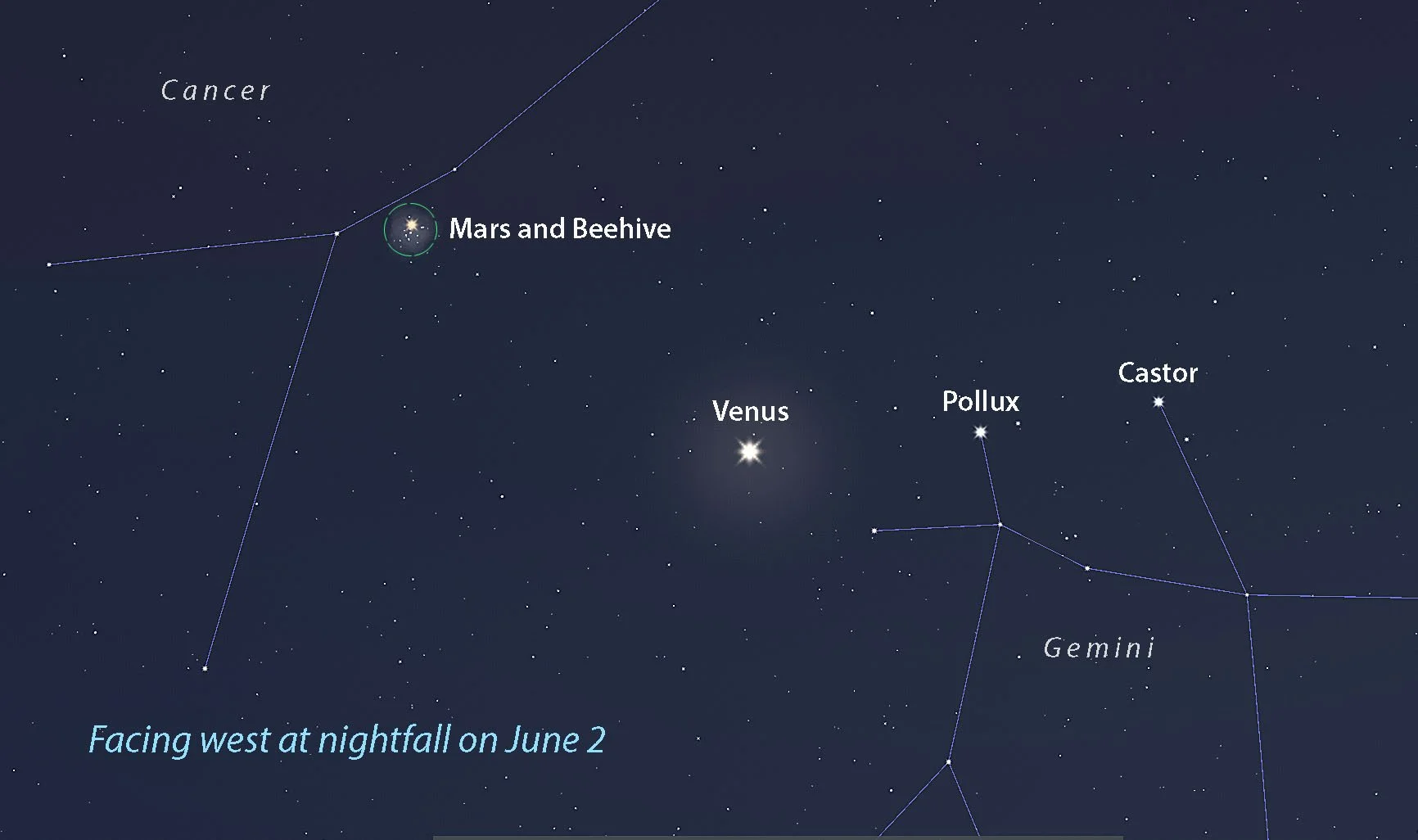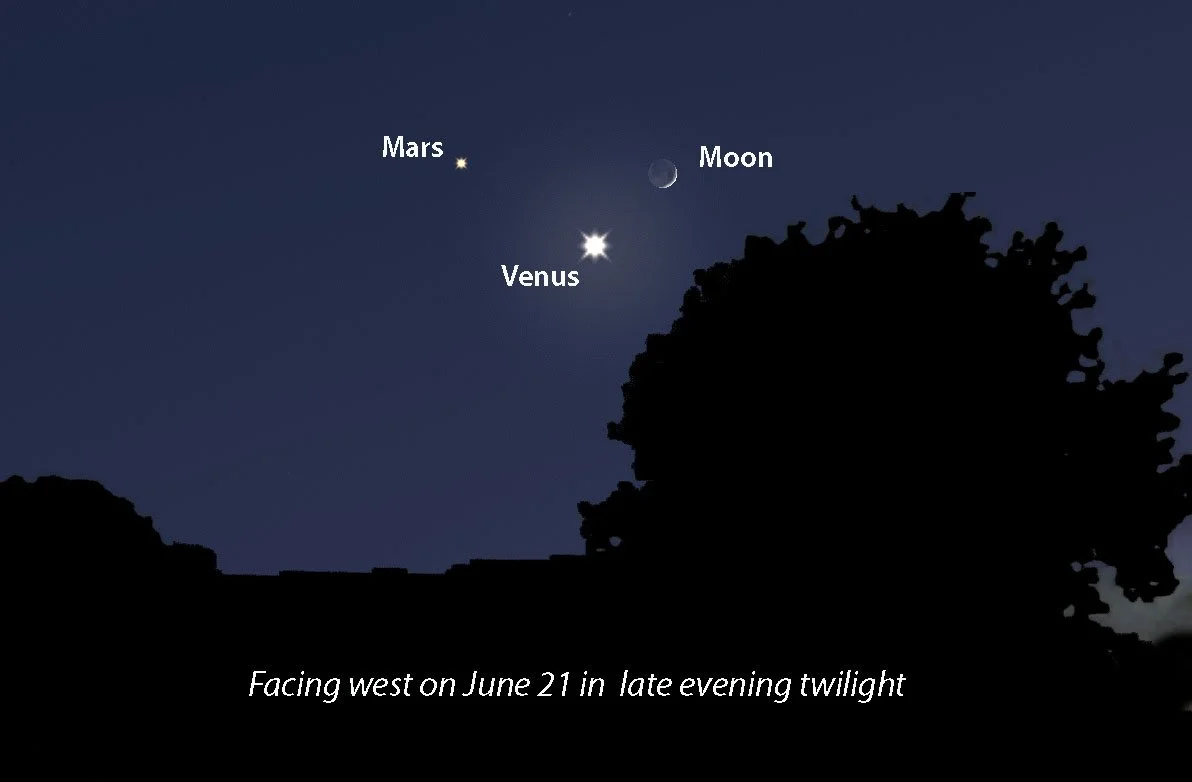Voyageurs Star Party is a free 3-day event that celebrates the night skies of Voyageurs - an International Dark Sky Park
The National Park Service and Voyageurs Conservancy are celebrating the natural wonder and cultural heritage of Voyageurs National Park's night skies with our third annual summer Star Party August 10-12. Discover your park after dark at the Voyageurs Star Party - a stellar series of free astronomy events. This three-day Star Party celebration at Voyageurs National Park will support the continued protection and enjoyment of our incredible night skies. Although light pollution threatens dark skies across the globe, Voyageurs National Park hosts some of the darkest skies in the region. Join us for special speakers, telescope viewing sessions, guided constellation tours, ranger programs, and more!
Events are free and for all-ages. Conservancy and ranger-led activities will be held in the early evening at both Rainy Lake Visitor Center and Kabetogama Visitor Center. Special speakers and Astro “Bob” will inspire you with the galaxies, planets, and stars above our heads. Once the park goes dark, attendees will enjoy guided telescope sessions and constellation tours under Voyageurs’ star-studded skies.
View a full schedule of 2023 events and the most up-to-date information at voyageurs.org/starparty. Program schedule highlights include:
Thursday, August 10
International Falls & Ranier Area
Stars and Space Storytime
2:00-3:30 p.m.
International Falls Library
Join us for this family-friendly event to kick off the Voyageurs Star Party! We'll read a selection of star and space-themed children’s books 2:00-2:30. Starting at 2:30 we’ll be visited by author Polly Carlson-Voiles and illustrator Consie Powell for a very special storytime about their new book, Star Party. A two-time winner of the Northeastern Minnesota Book Award, Polly Carlson-Voiles has been inspired by years of canoe trips, cabin time, and teaching. Both Polly and Consie are based in Ely, MN, and are inspired by stargazing in the Boundary Waters Canoe Area Wilderness. During the event you can purchase Star Party and also pick up a free National Park Service Junior Ranger Night Explorer book and a Bell Museum scavenger hunt to begin your own dark sky adventures.
Light Pollution Challenges and Solutions, and the Economic Opportunities of Astro-tourism
5:00 - 6:00 p.m.
Ranier Community Hall
Join Dark Sky Delegate and Starry Skies North chapter president Todd Burlet as he explores light pollution and the economic opportunities it creates for still-dark locales. Learn about the sources of light pollution, the impact it has on human health and wellness, as well as the health of our plants, animals, and waters. We’ll share simple things you can do as individuals, families, and communities to reduce light pollution while still enjoying quality outdoor lighting. Learn more about the economic opportunities of Astro-Tourism and how to tap into this growing market, including how to attract visitors during ‘shoulder’ seasons.
Friday, August 11 at Rainy Lake Visitor Center
Saturday, August 12 at Kabetogama Lake Visitor Center
The following schedule is the same for both Friday and Saturday with different locations. On Friday, August 11 all activities and programs will be located at Voyageurs National Park’s Rainy Lake Visitor Center. On Saturday, August 12, all activities will be located at the park’s Kabetogama Lake Visitor Center.
11:00 a.m. - 3:00 p.m.
View solar scopes and ask your burning astronomy questions as you explore the sky by day with “Astro” Bob King and Voyageurs Conservancy’s Dark Sky Expert Educator Jesse Gates. Starry Skies North will be on hand with resources to help you learn how to protect darkness in your own backyard.
11:00 a.m. & 2:00 p.m.
Inside the visitor centers, enjoy two showings of the film Northern Nights, Starry Skies at 11 am and 2 pm. Co-produced with Hamline University Center for Global Environmental Education, this is a film experience that will transform your appreciation of the North Country’s spectacular starry skies - a visually stunning celebration of our spectacular starry skies above the world’s largest designated Dark Sky sanctuary. Ojibwe, Dakota cultural astronomers, and other experts share the wonders of the heavens.
7:00 p.m. - Midnight
Join us for free family-friendly evening programs outdoors under the amazing skies of Voyageurs National Park.
Wear layers, bring water and a camp chair or blanket, pack bug spray, and keep in mind parking is limited. There will be no food vendors on site nor seating provided. Eat dinner before you arrive or pack a picnic (and plan to pack your trash out with you).
During 7:00 - 9:00 p.m. there will be various half-hour special National Park Service Ranger Programs including talks about the Solar System and Aurora Borealis, as well as story time around the campfire with s’mores and opportunities to get on the water via canoe. Special thanks to Voyageurs Conservancy and North Mallow for providing free s’mores.
7:00 - 11:00 p.m.
Canoemobile with Wilderness Inquiry
In partnership with Voyageurs Conservancy and the National Park Service, Wilderness Inquiry is thrilled to bring Canoemobile to the Voyageurs Star Party. Enjoy an evening paddle with Wilderness Inquiry in a 10-person canoe. No prior paddling experience is required. PFDs will be provided for all ages. Weather permitting, groups will go out on a rotating basis, first-come, first-serve.
9:00 p.m.
Discover the Night with “Astro” Bob King
Join astronomer and planetarium educator "Astro" Bob King for an awe-inspiring presentation under the night sky. Learn about August's celestial events and what makes Voyageurs National Park's dark skies so spectacular. Bob King served as a photographer and photo editor at the Duluth News Tribune for 39 years and also taught at the UMD planetarium for many years. He has written several books on astronomy including The Urban Legends of Space, which examines science vs. pseudoscience in Astronomy.
10:00 p.m. - Midnight
Night Sky Tour: Telescope Sessions + Constellation Tours
Once nighttime falls, enjoy telescope sessions and constellation tours under Voyageurs’ star-studded skies. Join Astro Bob, Park Rangers, Voyageurs Conservancy, and Starry Skies North to put your new night-watching skills to the test. View Jupiter and Saturn through a telescope, enjoy constellation tours over the park, learn about astro-photography, and take in the wilderness above our heads until midnight. You’ll even get the chance to view other galaxies through our new high-powered 18” Obsession Telescope. Attendees should remember that cell phone lights and any white flashlights/lighting are discouraged so we can enjoy the stars in complete darkness.
A detailed schedule of activities, weather-related updates, and things to know before you attend the 2023 Voyageurs Star Party are available at voyageurs.org/starparty and www.nps.gov/voya.
All are welcome to attend this free event at Voyageurs National Park. There are no entrance fees at Voyageurs National Park and no additional tickets or sign-up is required to attend the Star Party. Visitors are encouraged to bring their own supplies to this event. Seating is not provided so bring a camp chair or blanket if you wish. Wear layers, bring water, pack bug spray, and keep in mind parking is limited. Eat dinner before you arrive or pack a picnic (and plan to pack your trash out with you) as there will not be food vendors in the park. Be prepared to wait in line to park or walk a short distance from overflow parking.
This Voyageurs Star Party is brought to you by Voyageurs Conservancy, the National Park Service, Starry Skies North, Wilderness Inquiry, North Mallow, Bell Museum, Backus Community Center, Ranier Days, and International Falls Library. Special thanks to Curtis Wong, Lee Grim, Buzz Bruggeman, Elaine Johnson, Bob King, Gordy Lindgren, Ben Sunne, Mike Williams and many other volunteers and supporters.
In December 2020, Voyageurs National Park became officially certified as an International Dark Sky Park. This certification from the International Dark-Sky Association (IDA) recognizes Voyageurs for the exceptional quality of its dark skies and its ongoing commitment to preserving darkness and educating the public about the night sky. Voyageurs Conservancy, the official nonprofit partner of Voyageurs National Park, was proud to help secure this certification by funding key light fixture changes and hosting night sky educational programs.
Voyageurs Conservancy and Voyageurs National Park host the Dark Sky Classroom - a suite of engaging programs and events to educate youth and the public on the significance of our dark skies. This includes weekly Dark Sky Programs, Dark Sky Virtual Field Trips for elementary students, and the Voyageurs Star Party. You can support the Voyageurs Star Party and Dark Sky Classroom with a donation at voyageurs.org/give. You can sign up to receive future emails from Voyageurs Conservancy at voyageurs.org.

